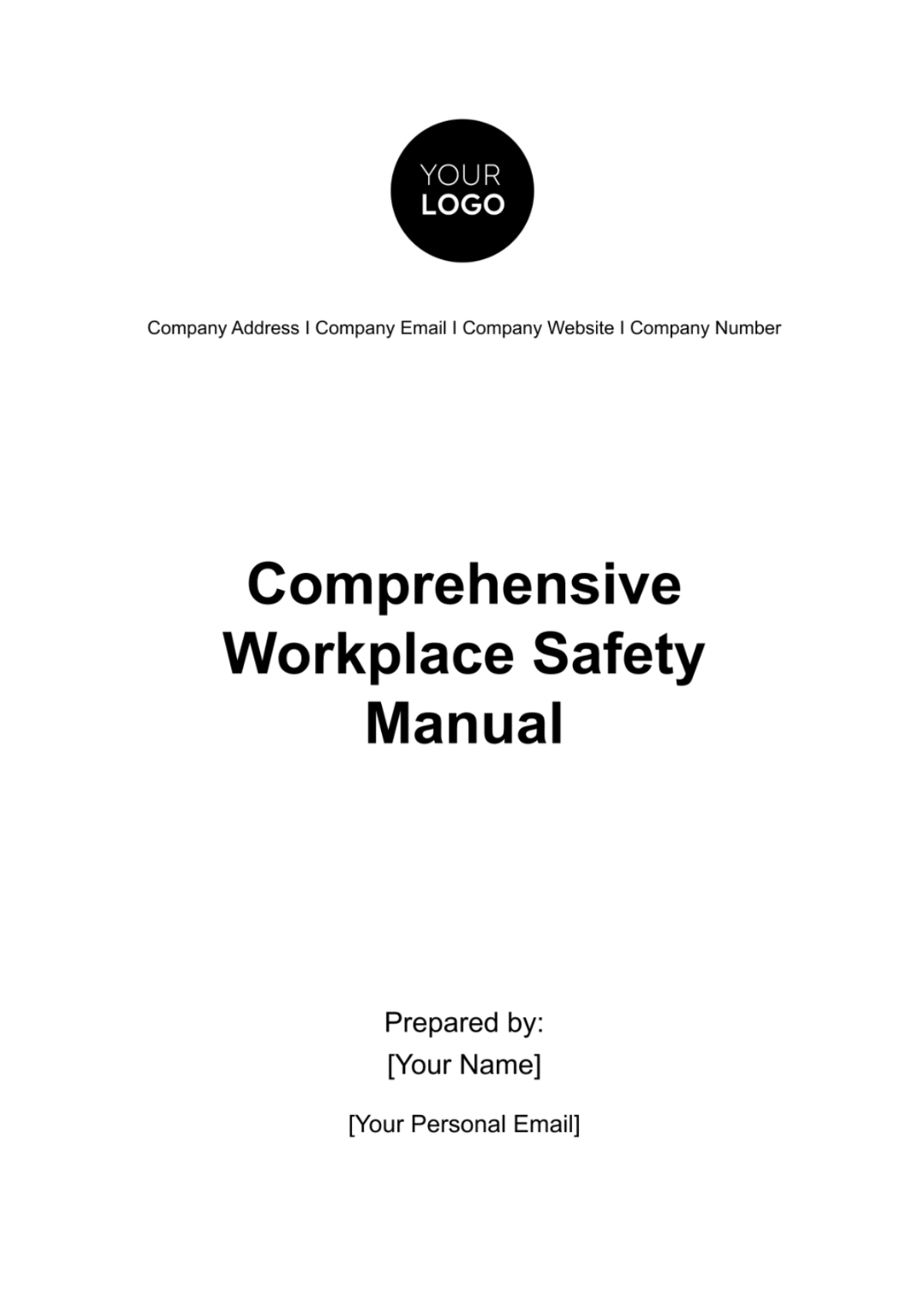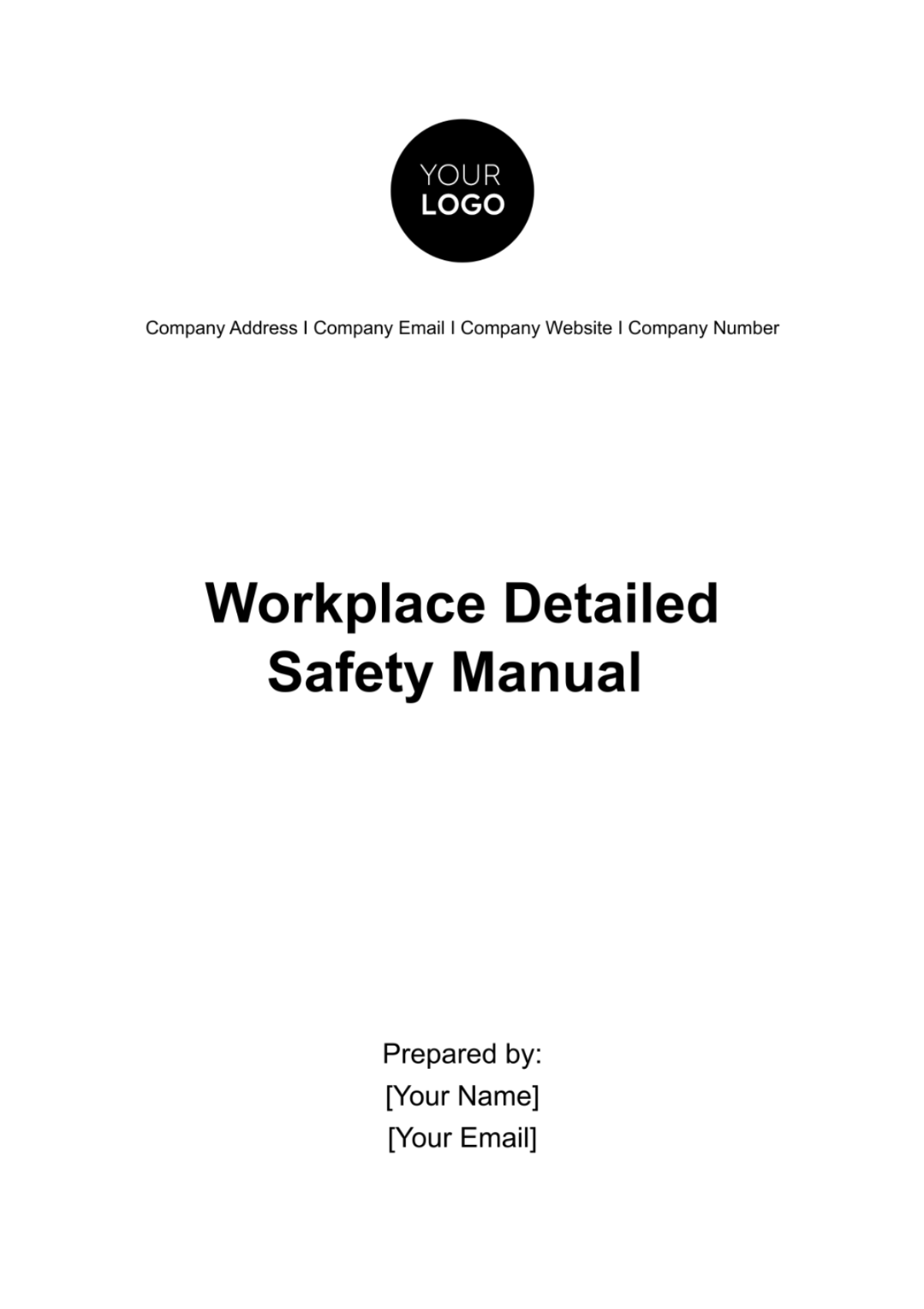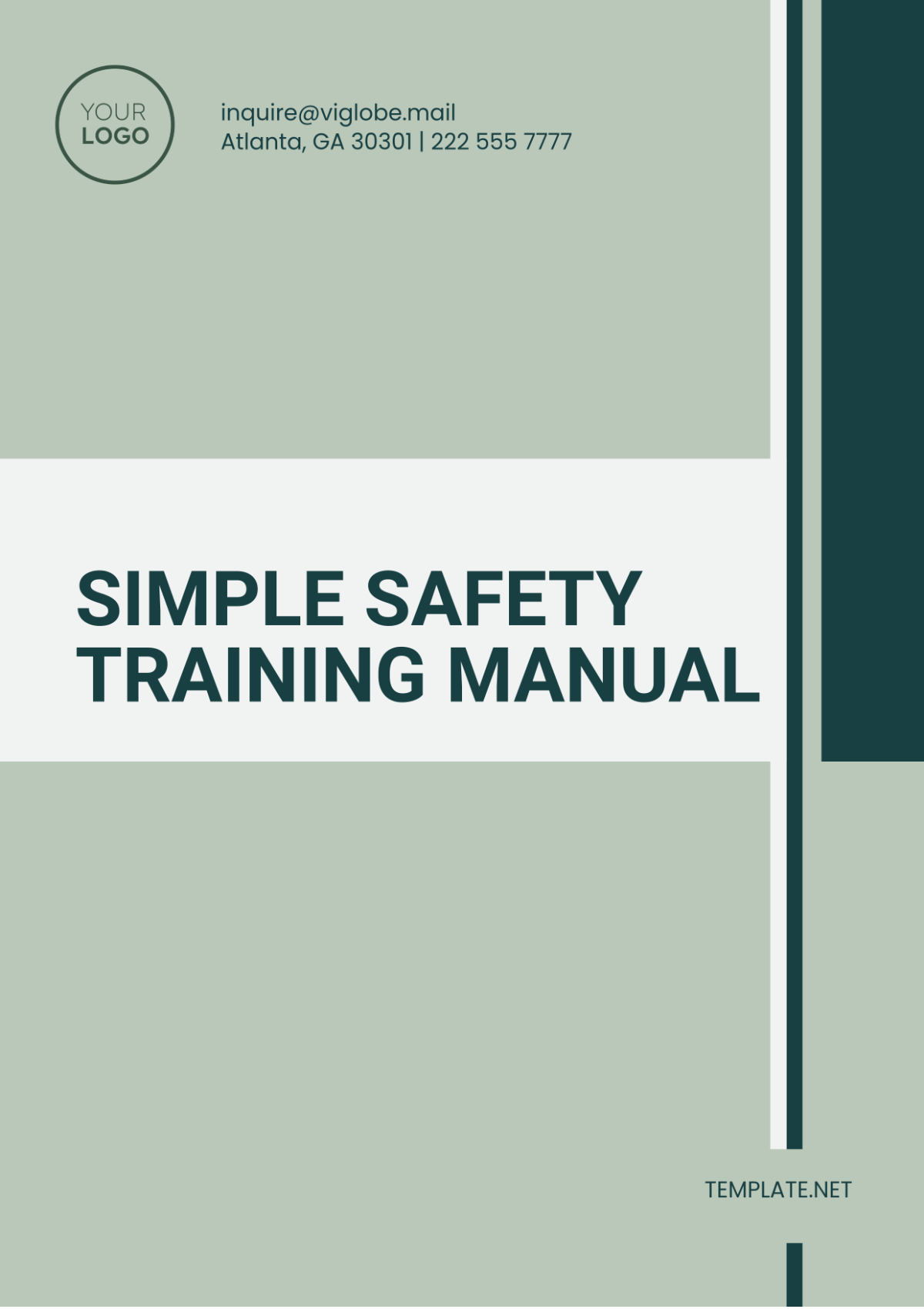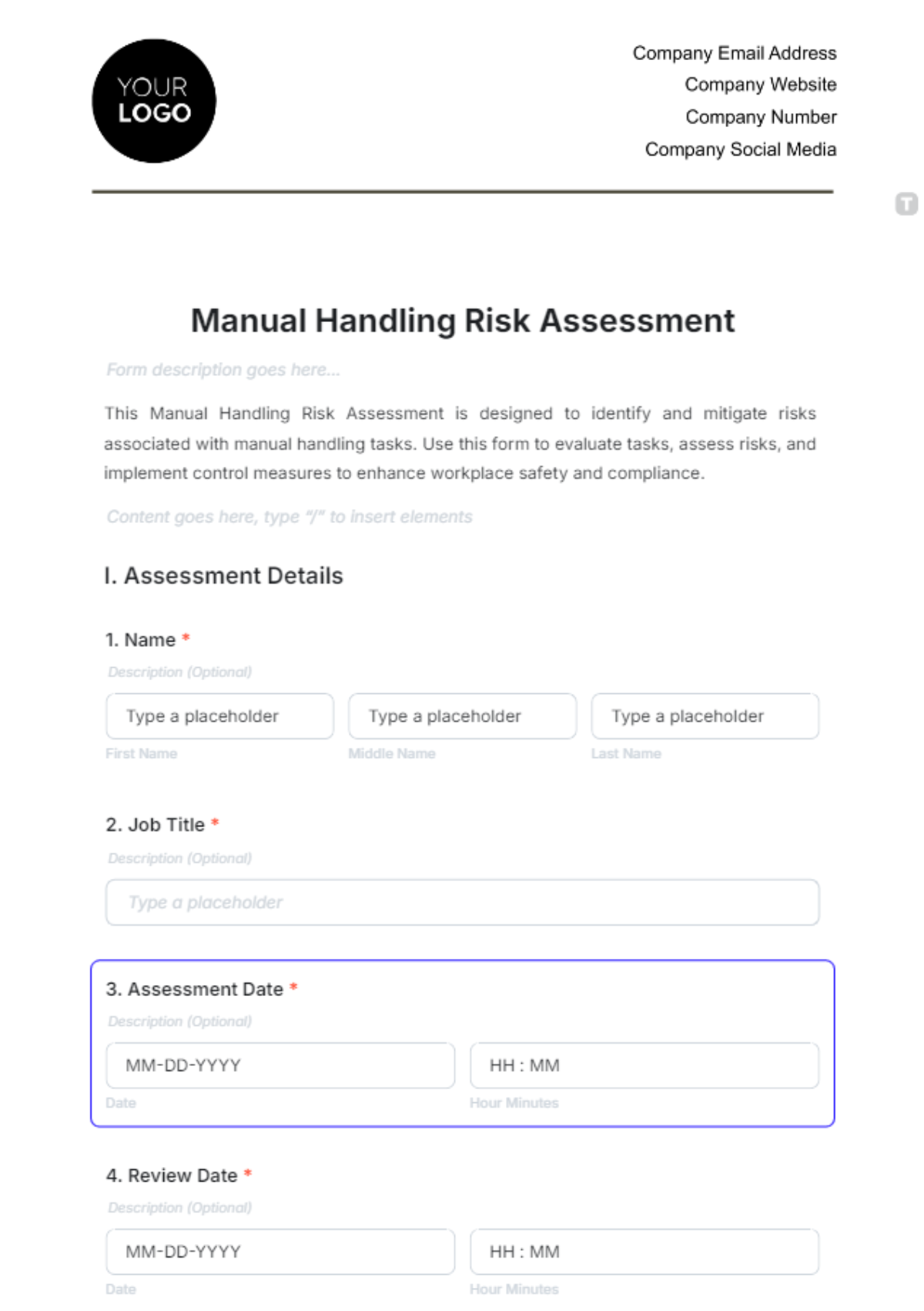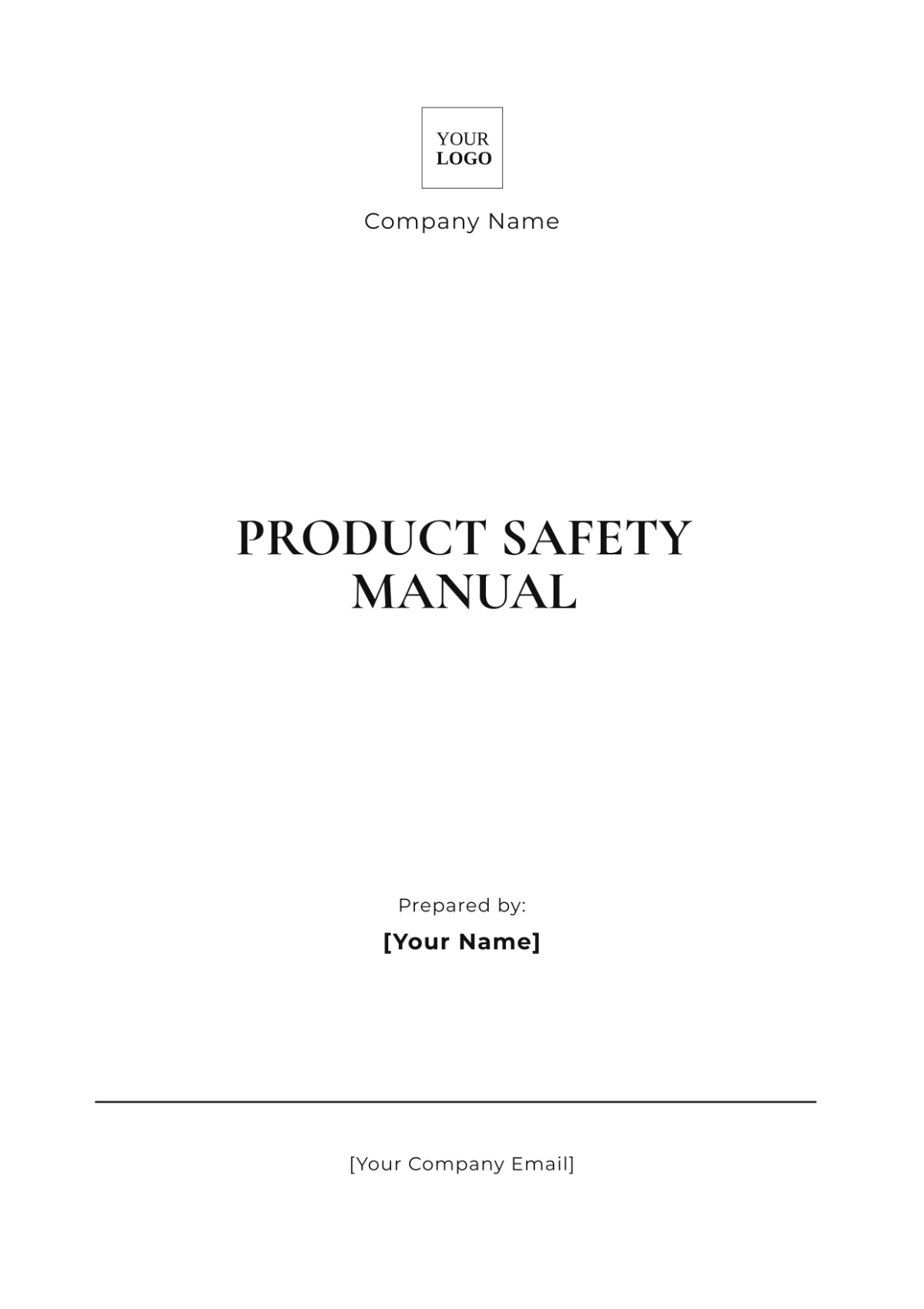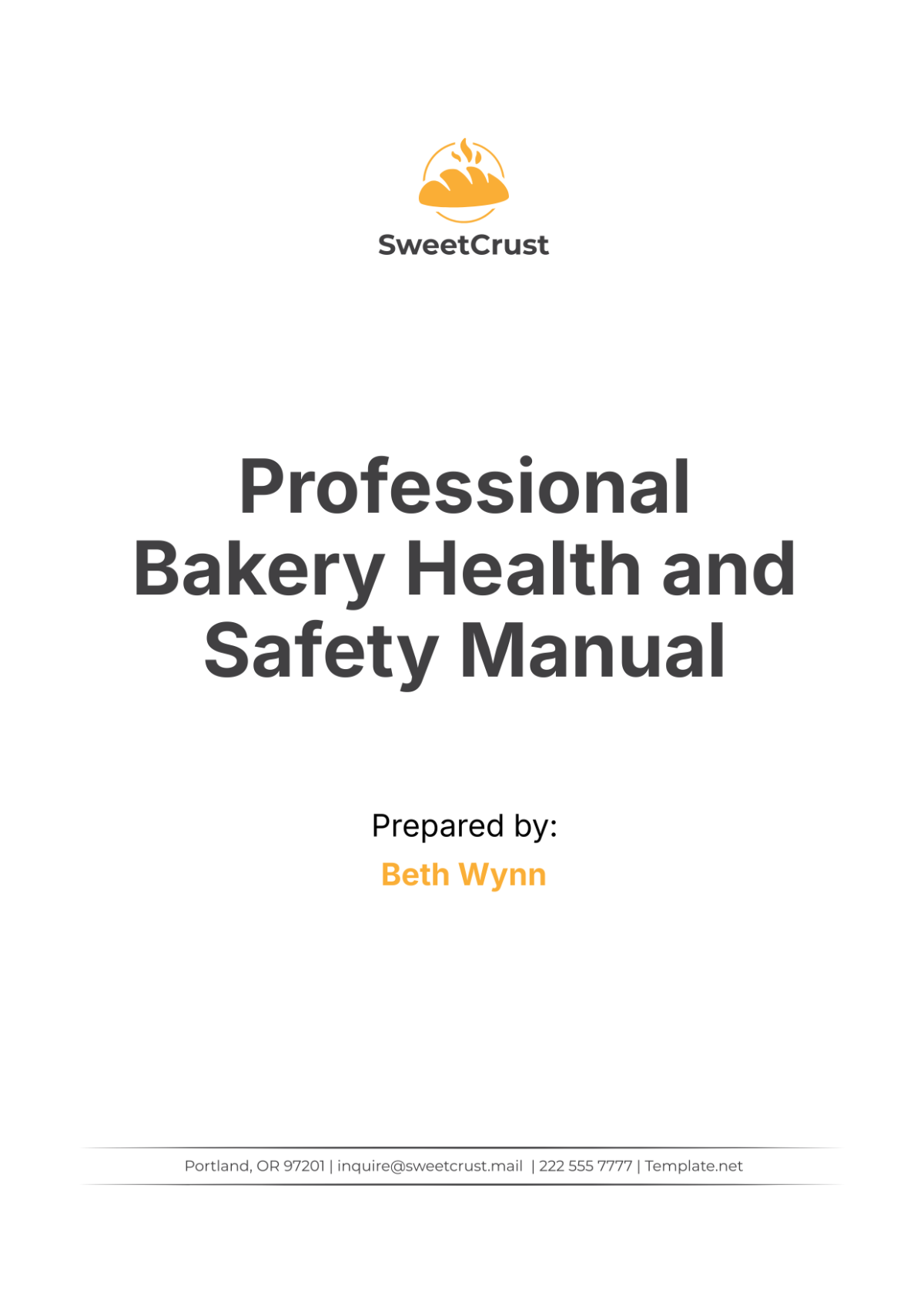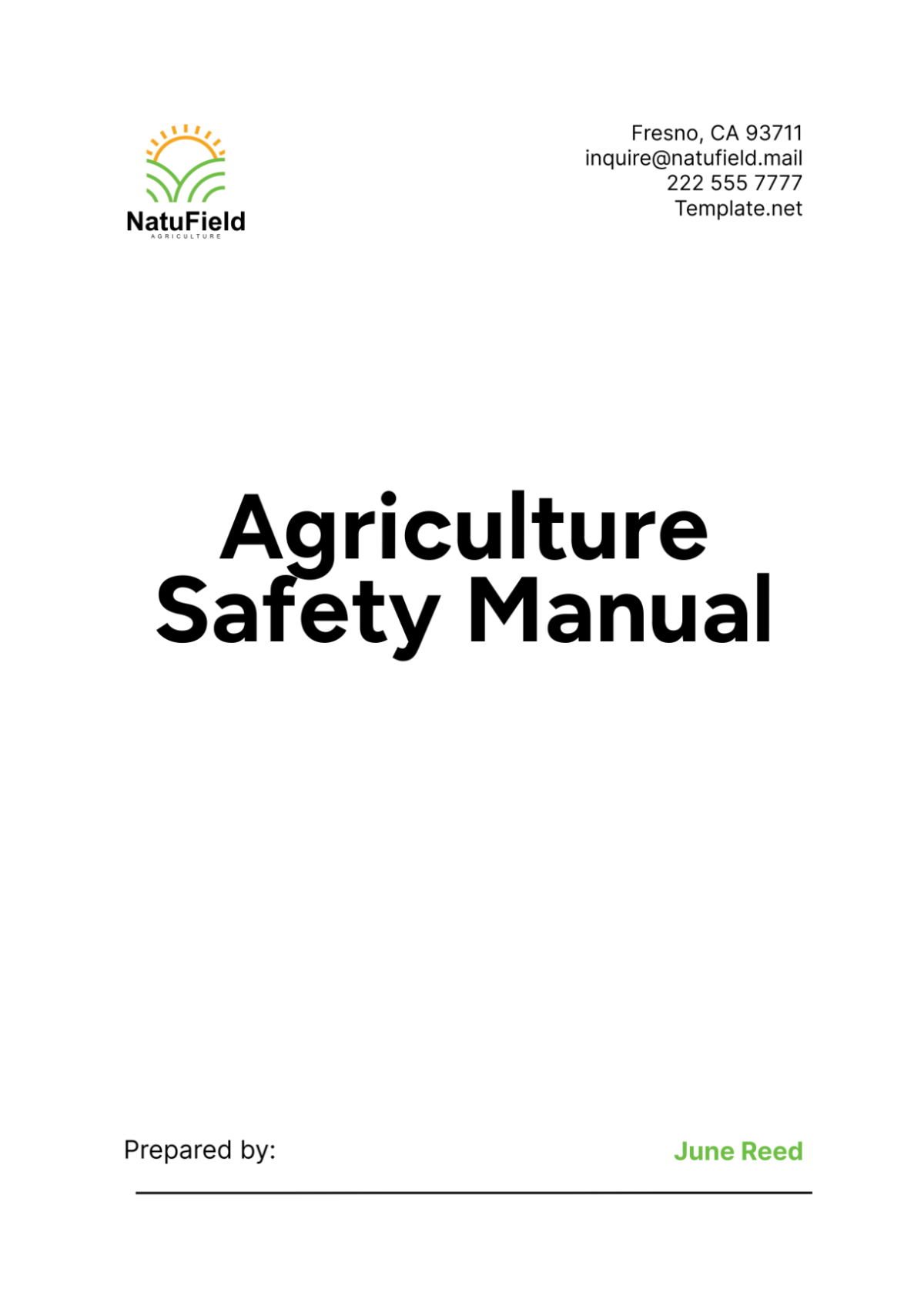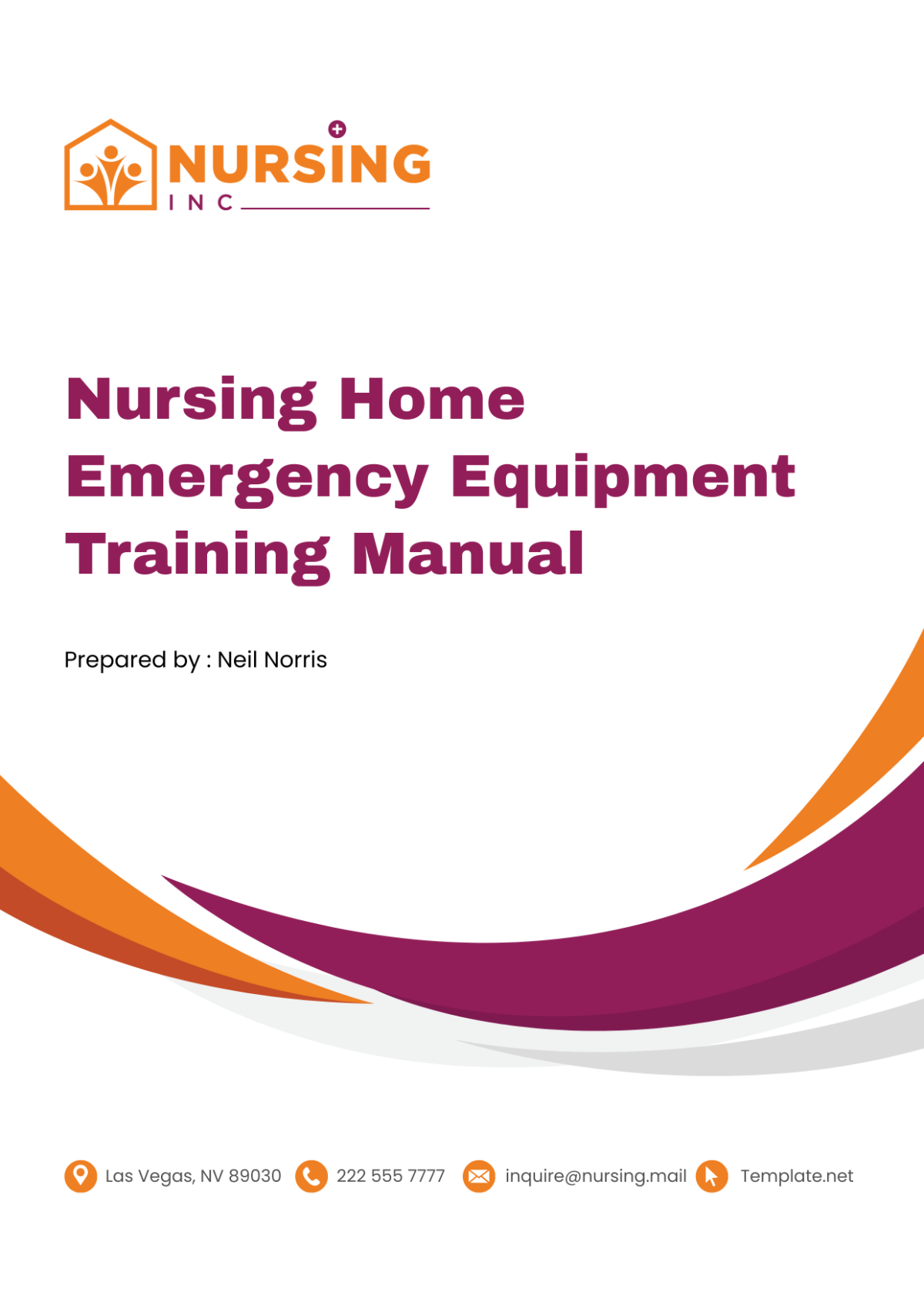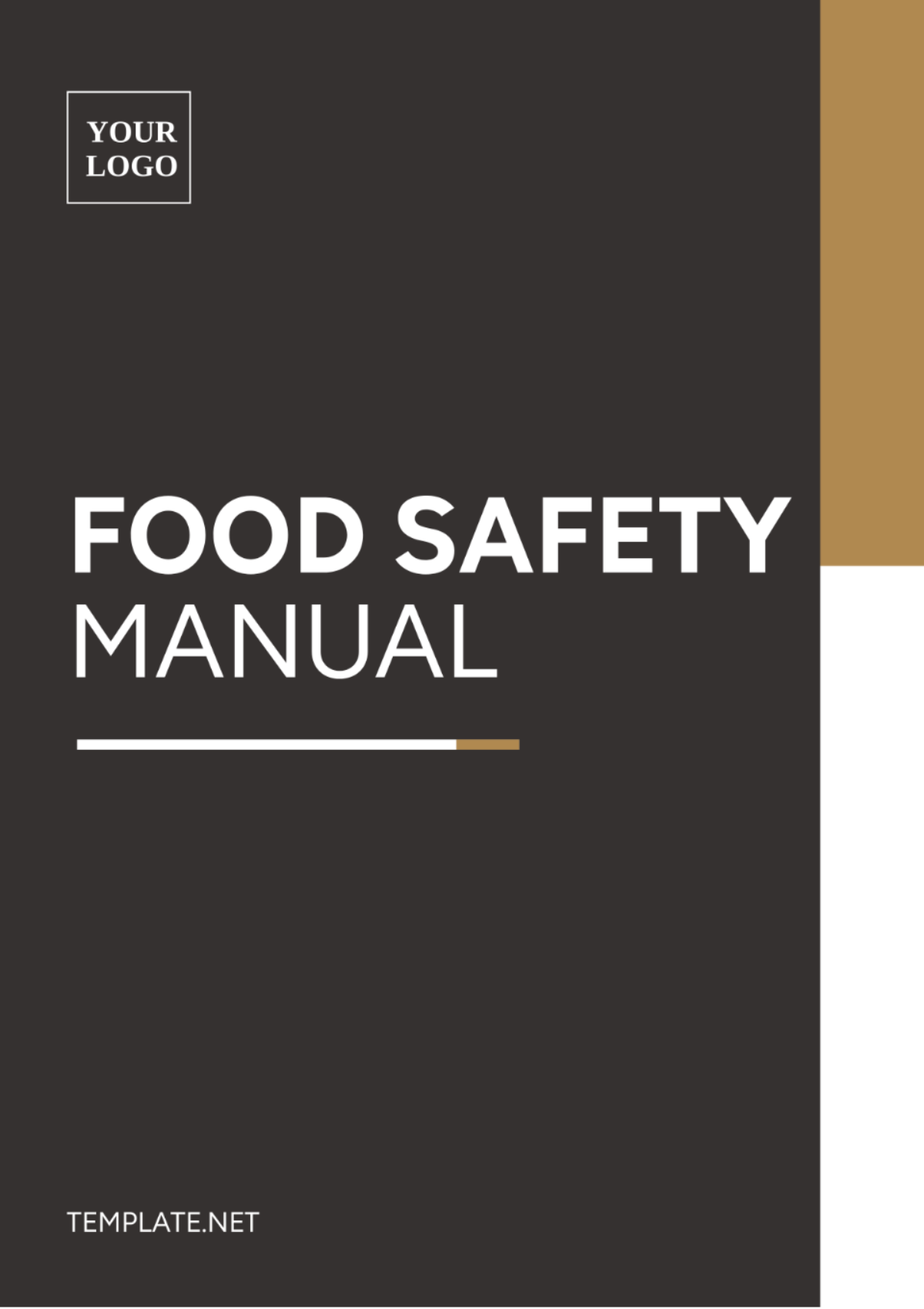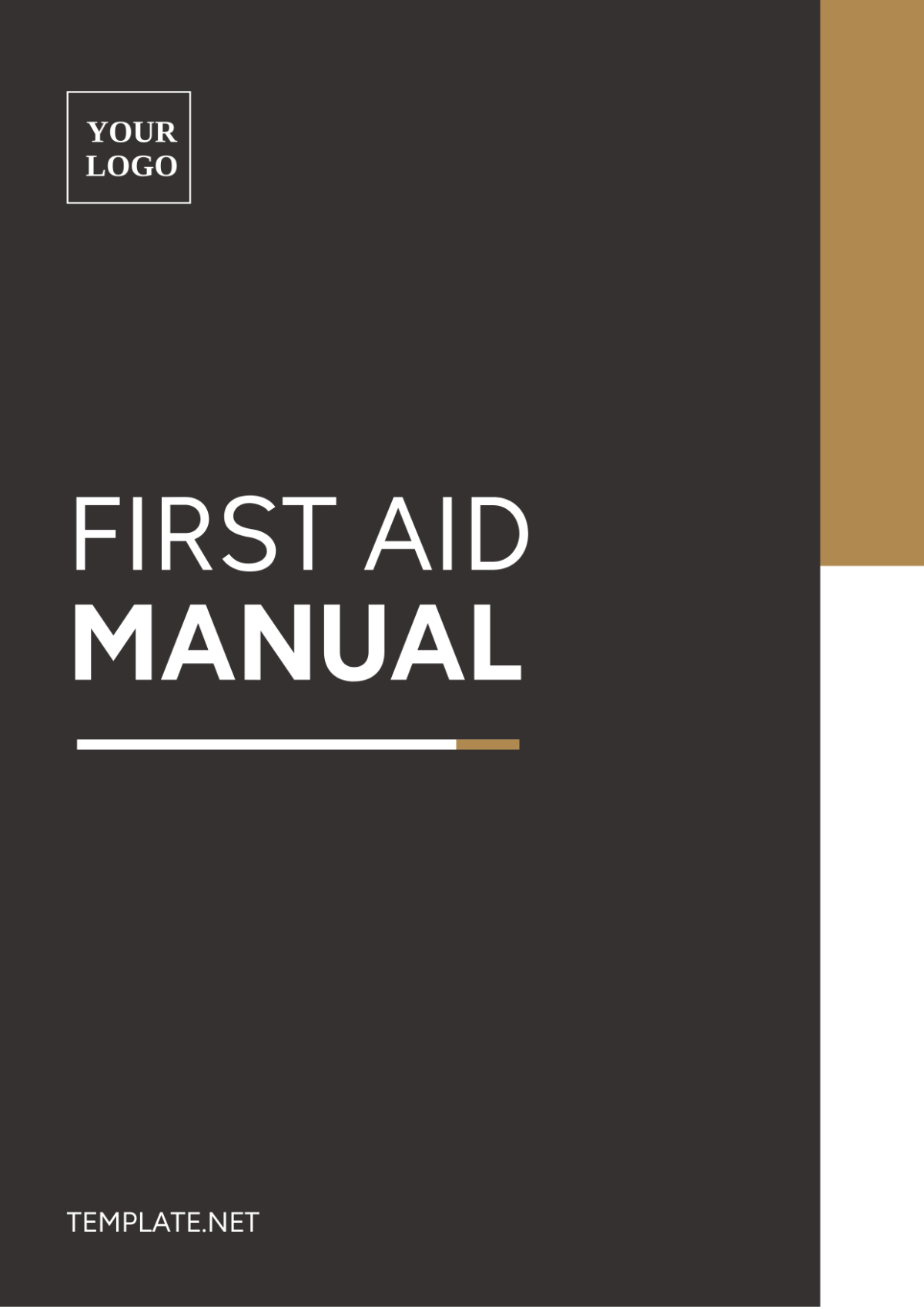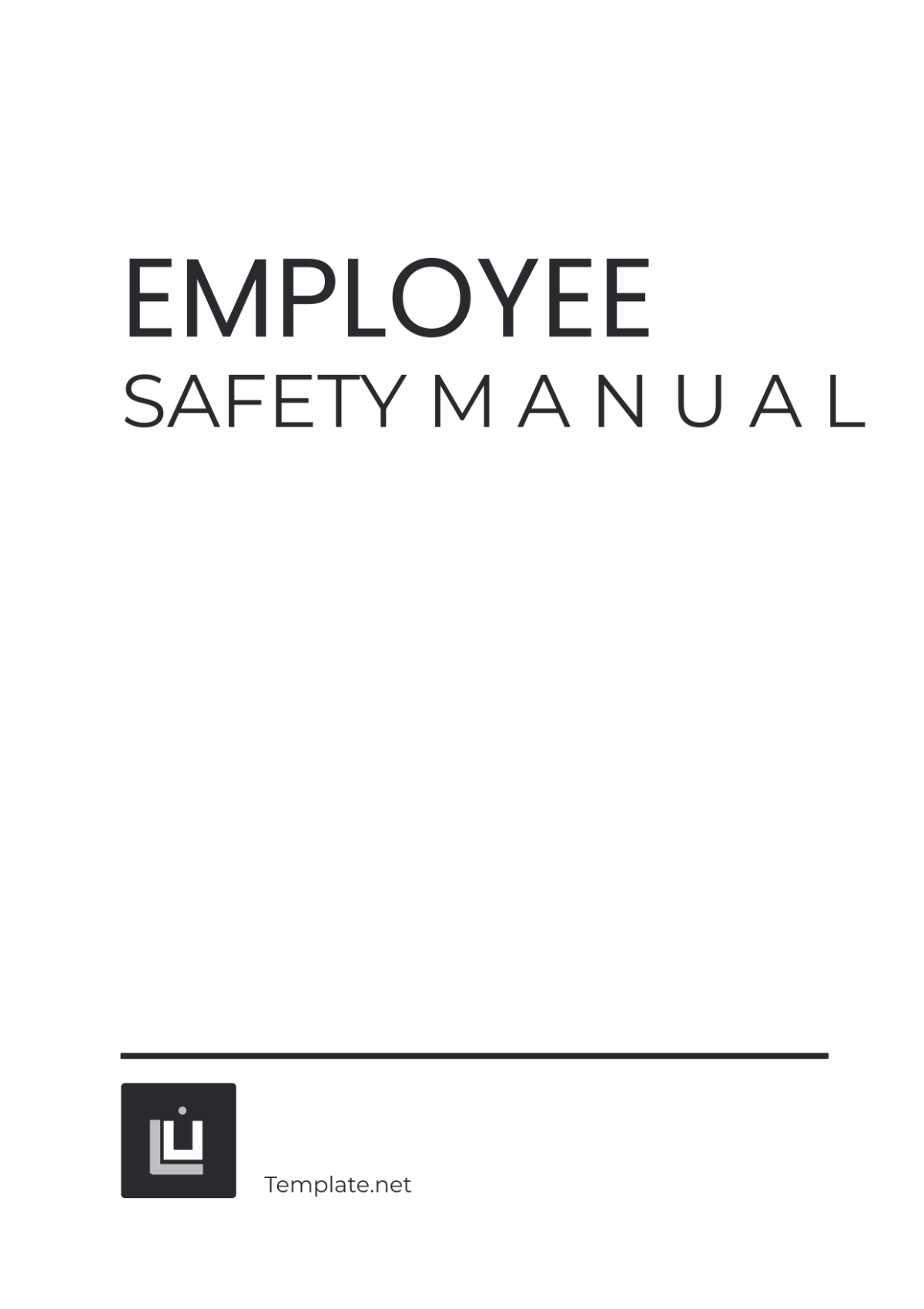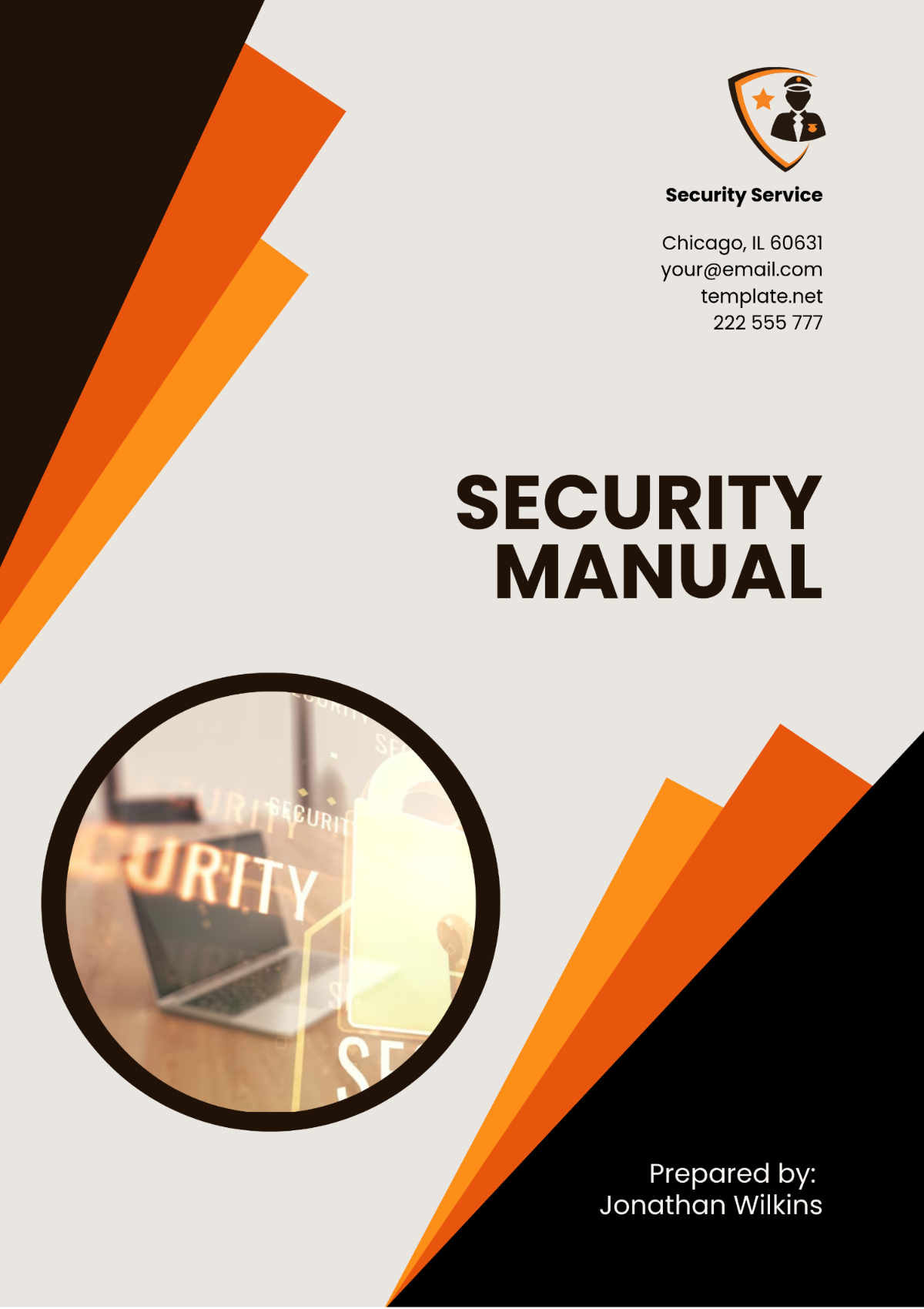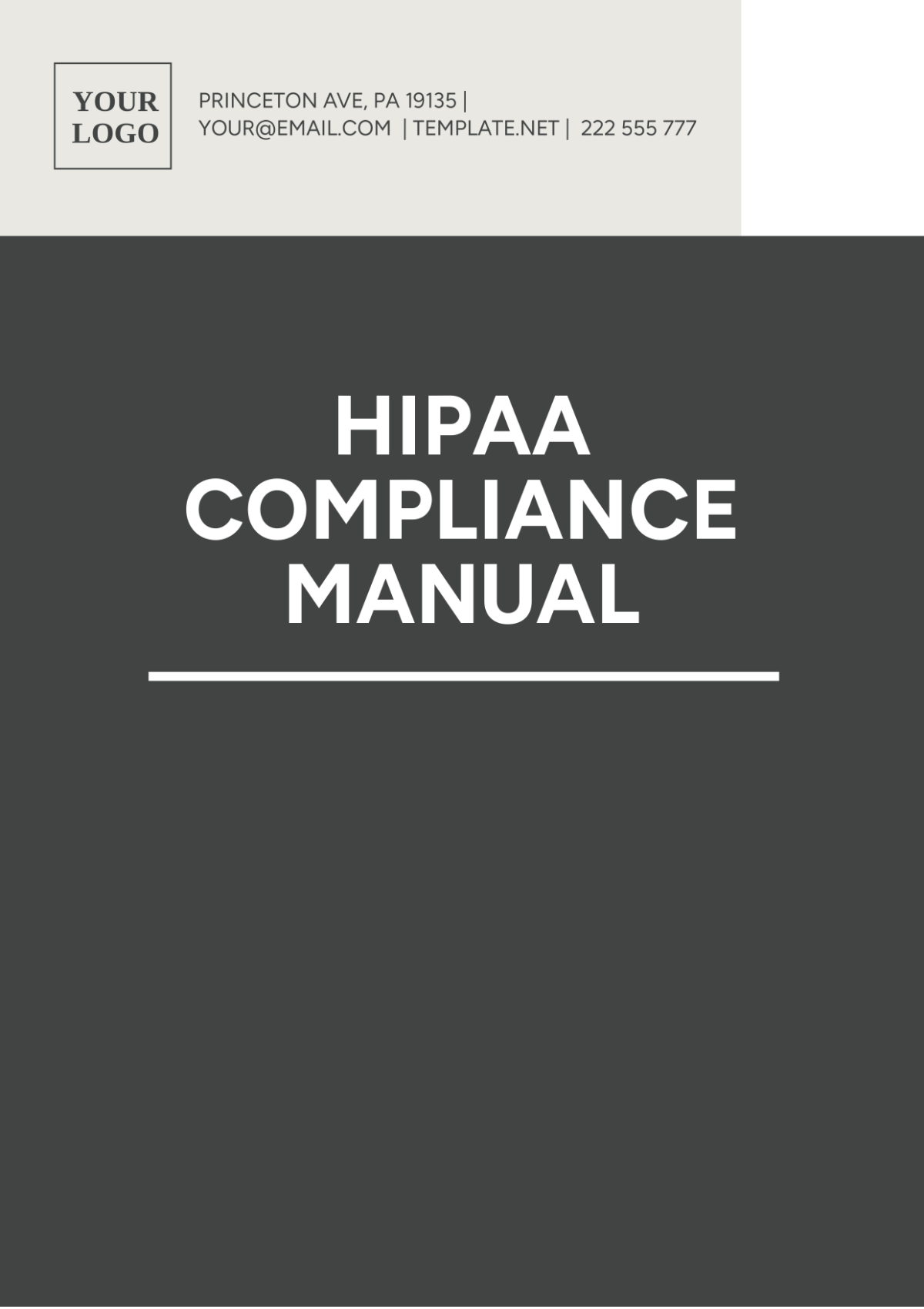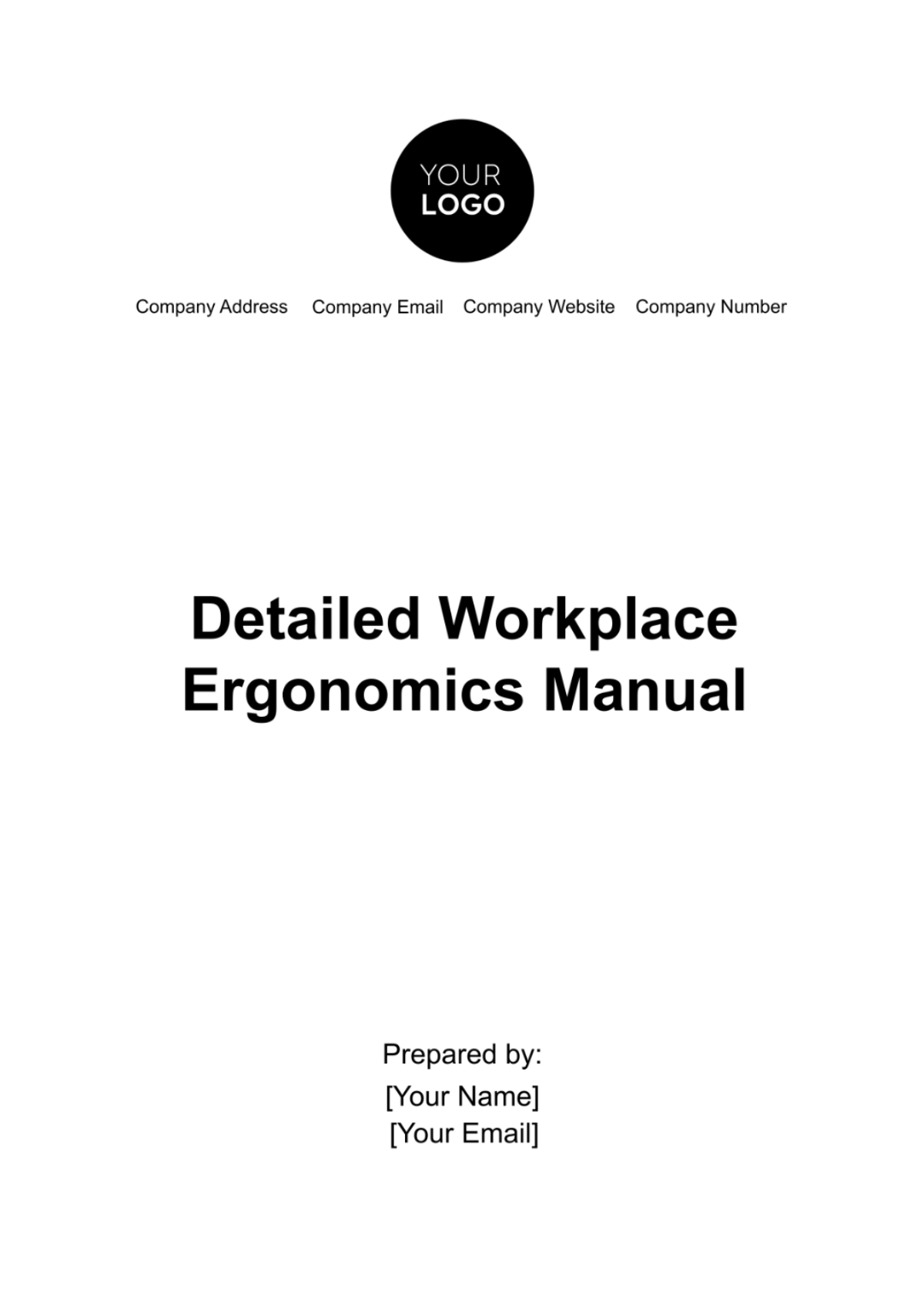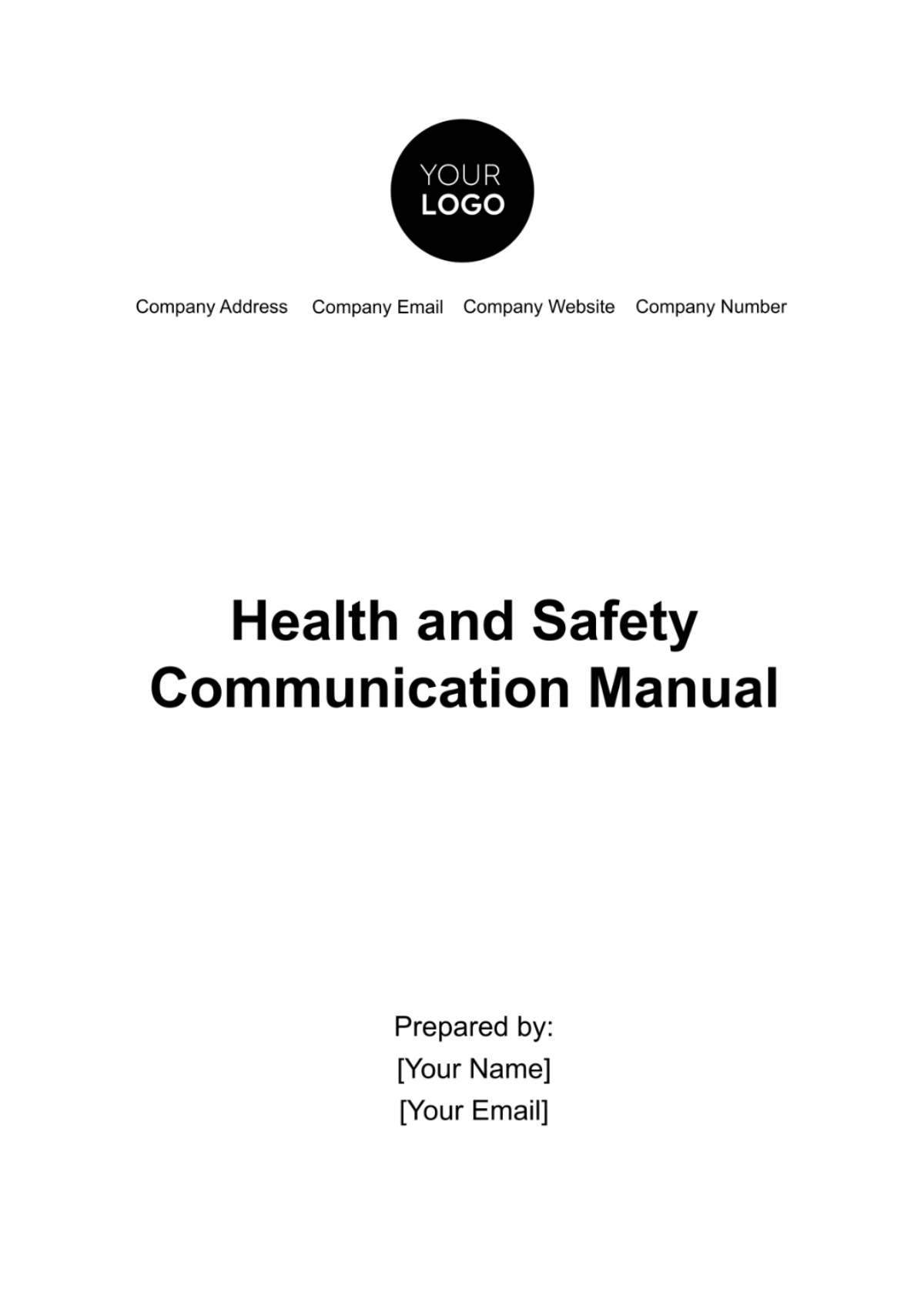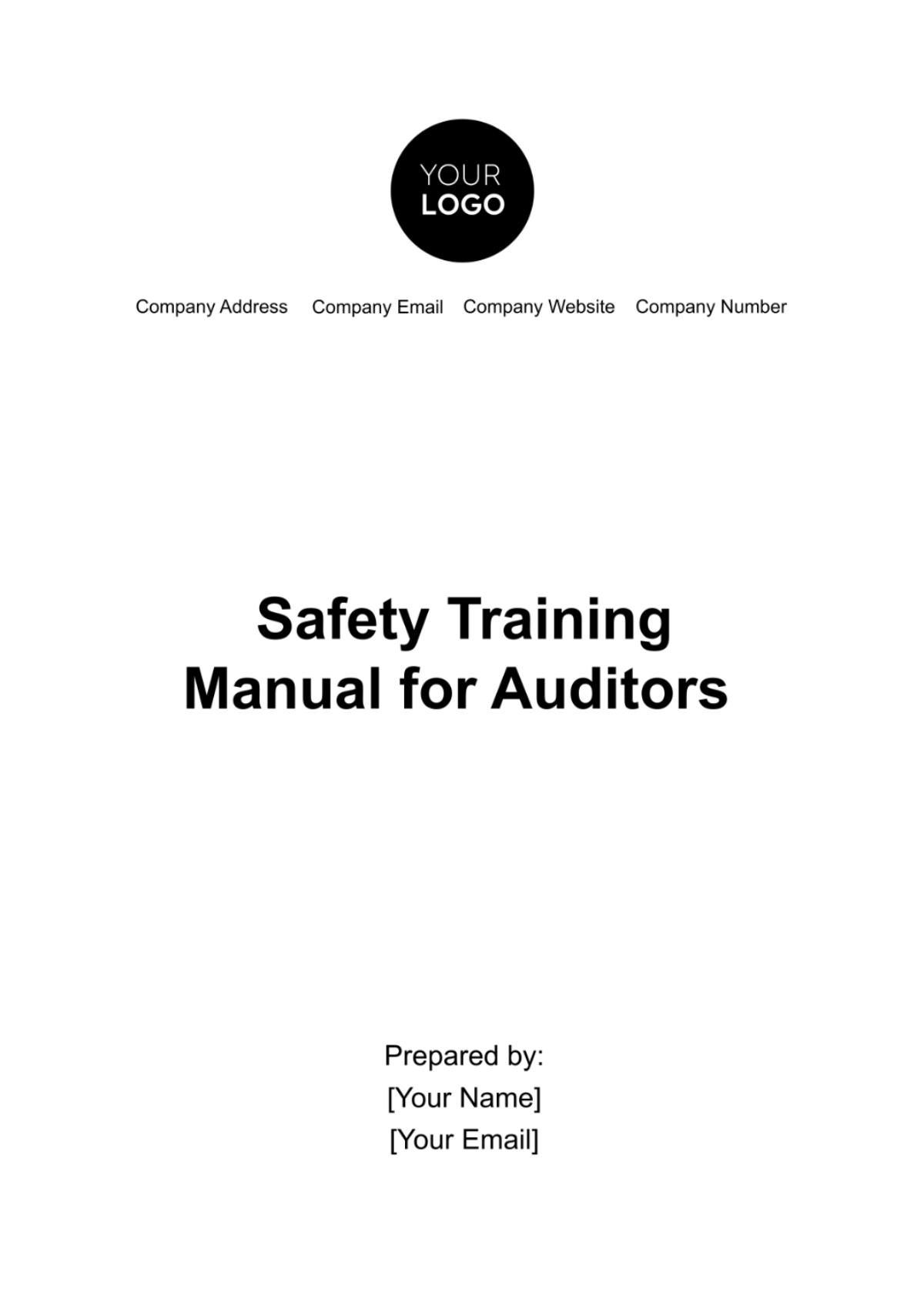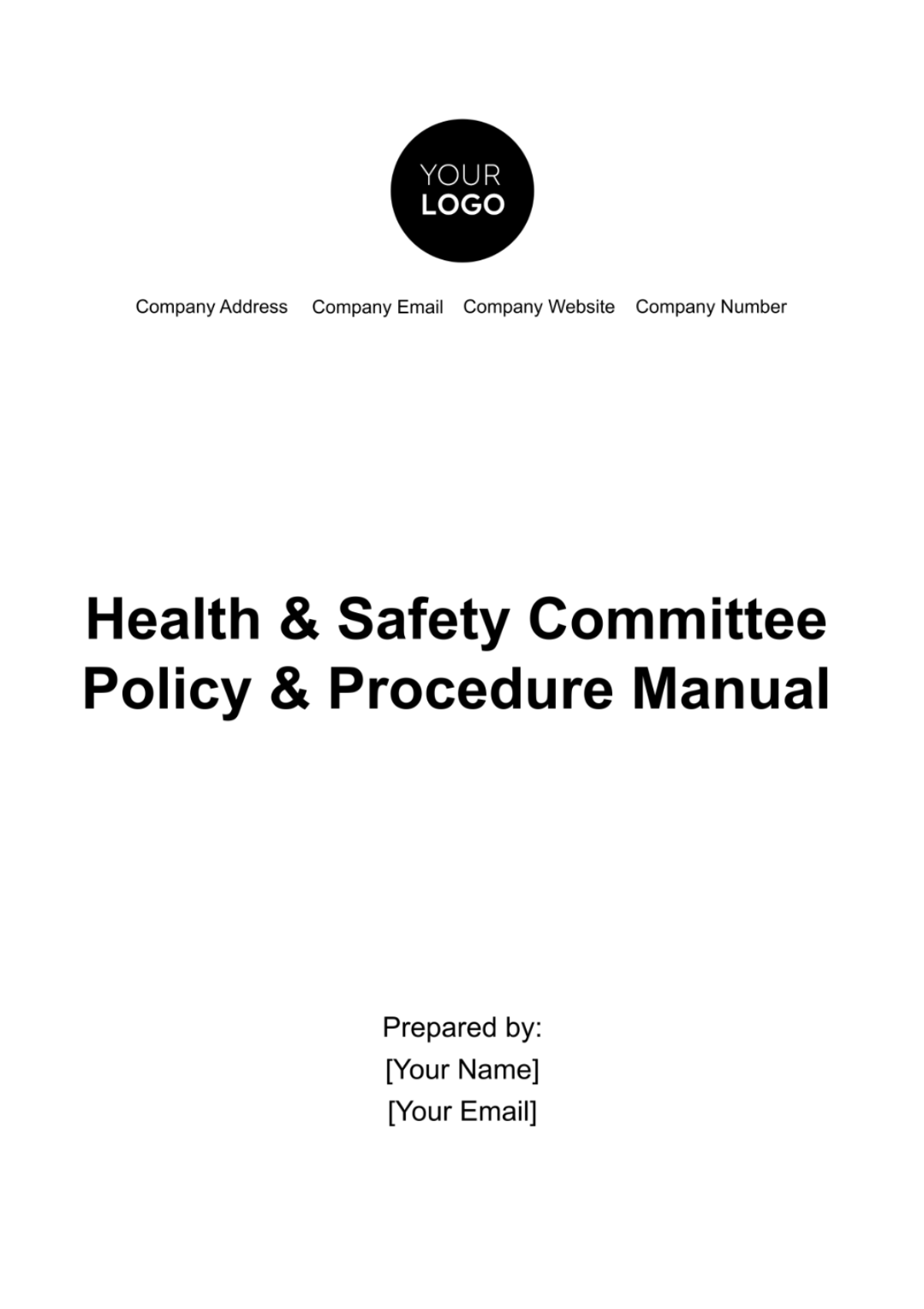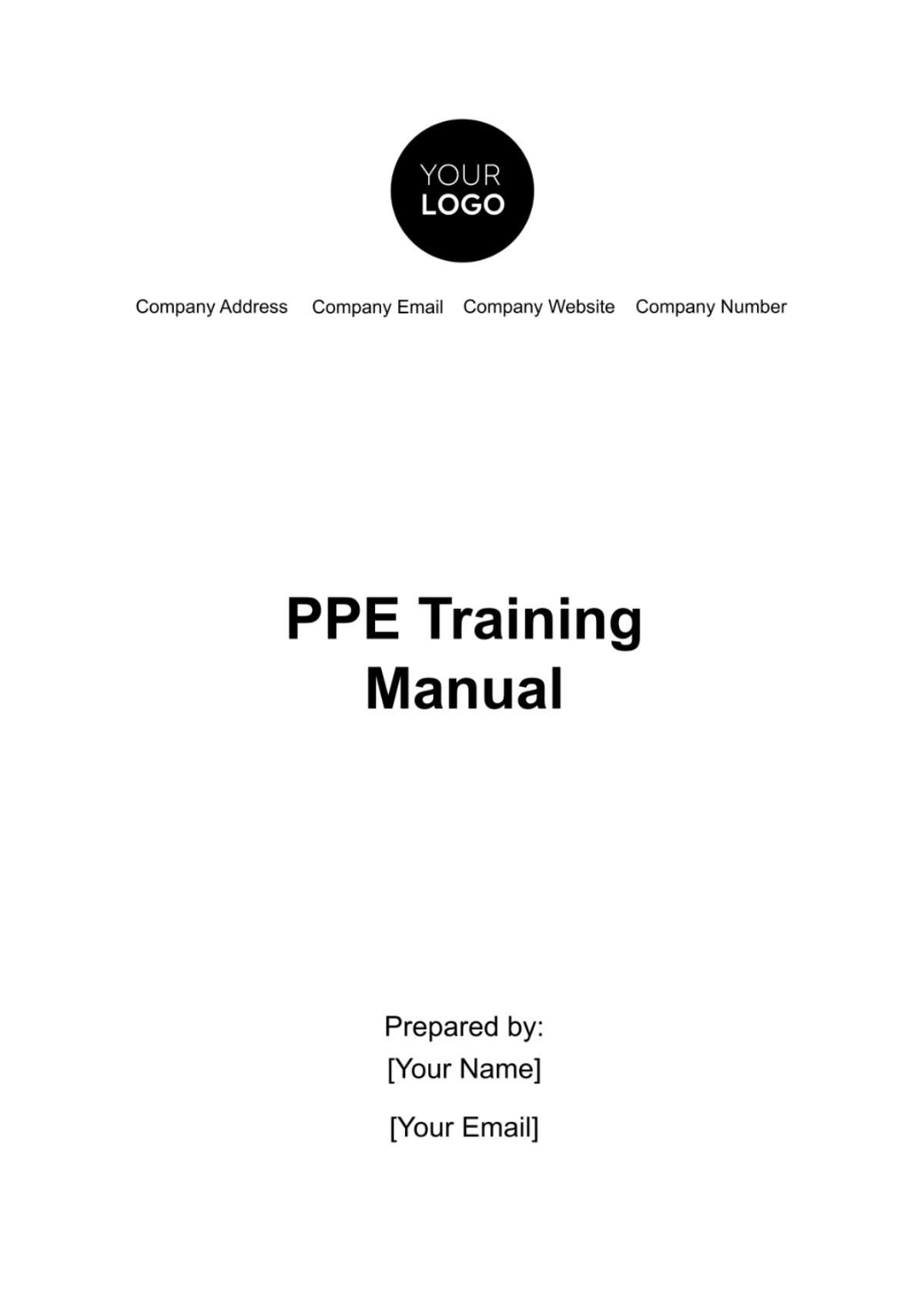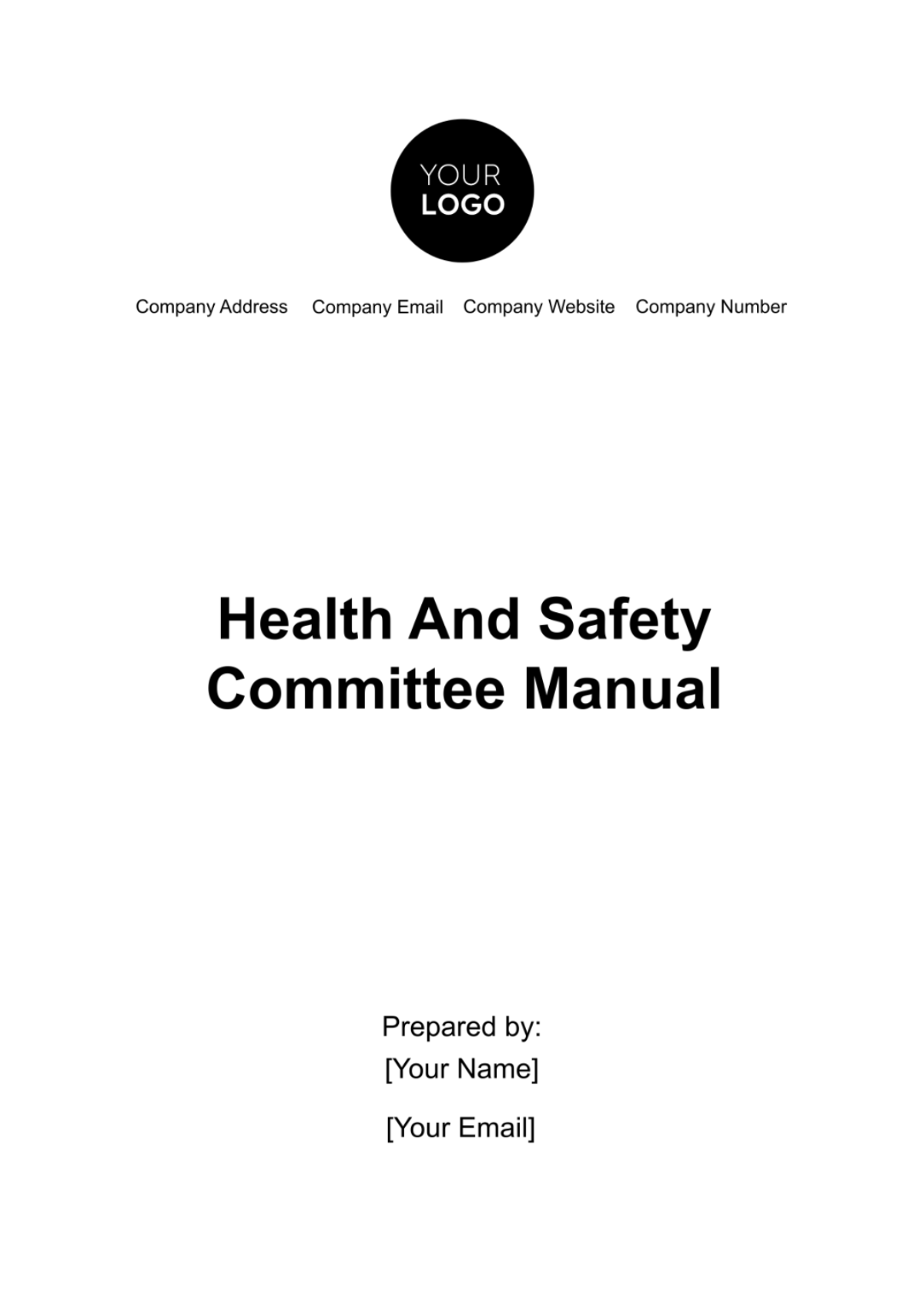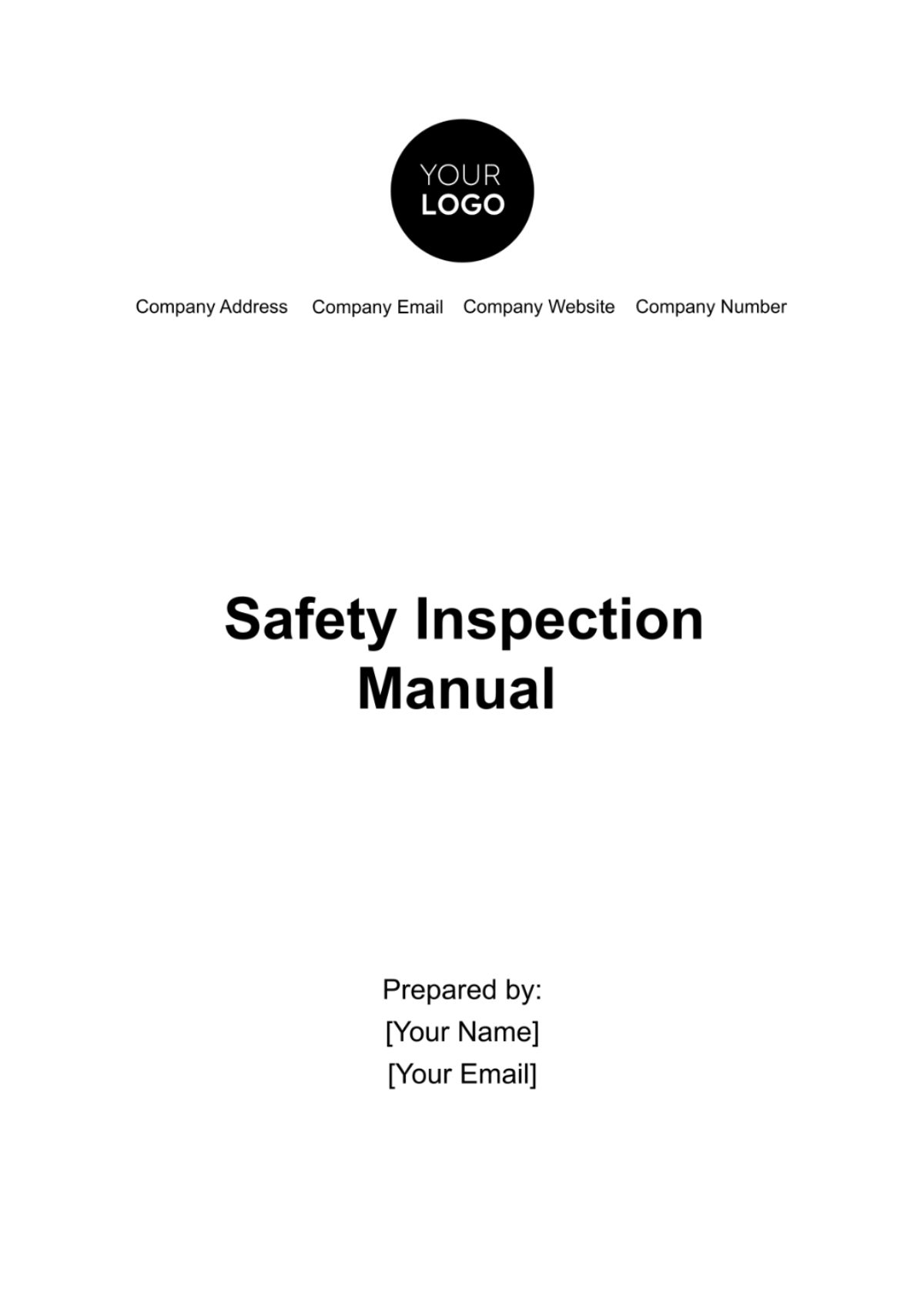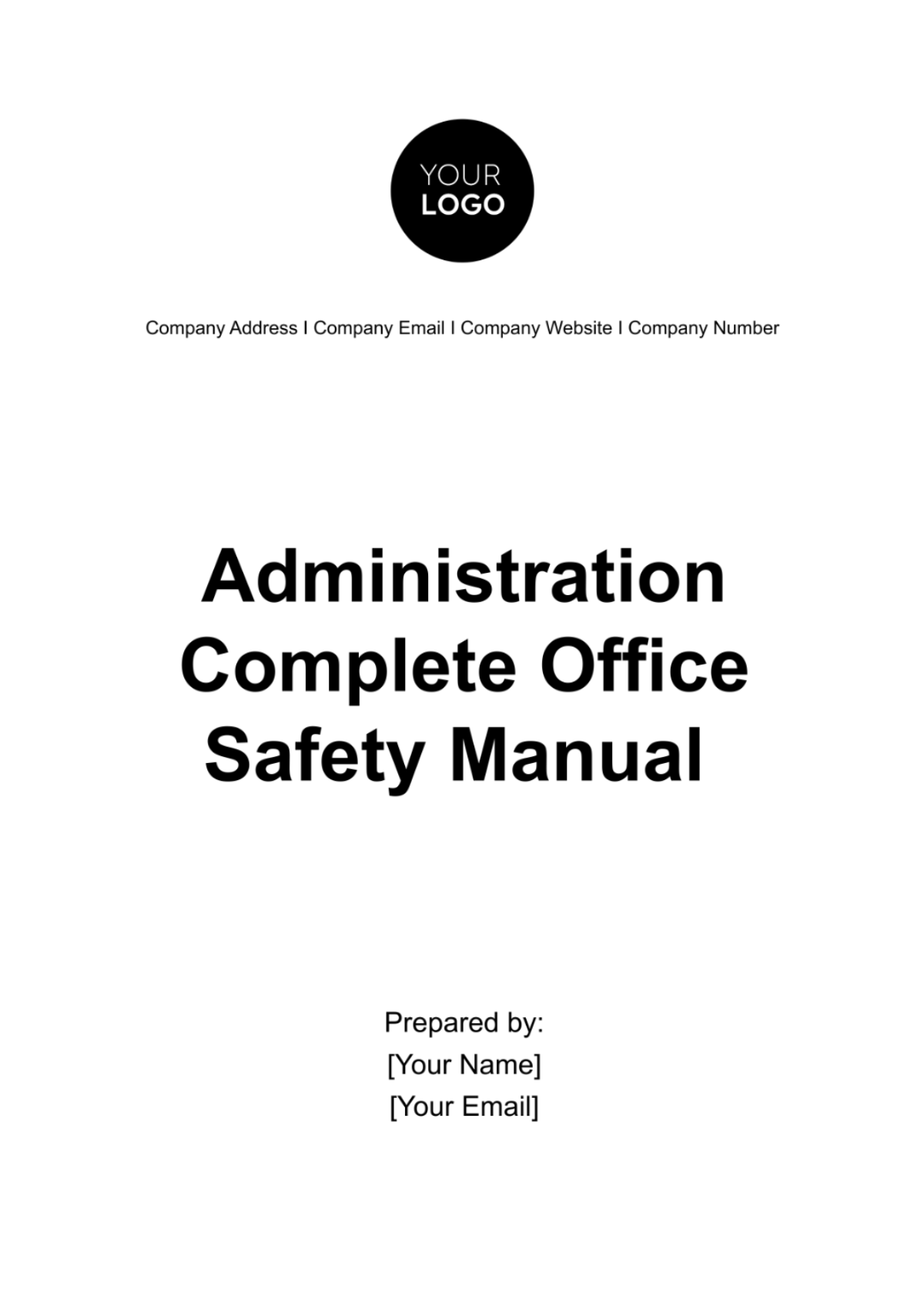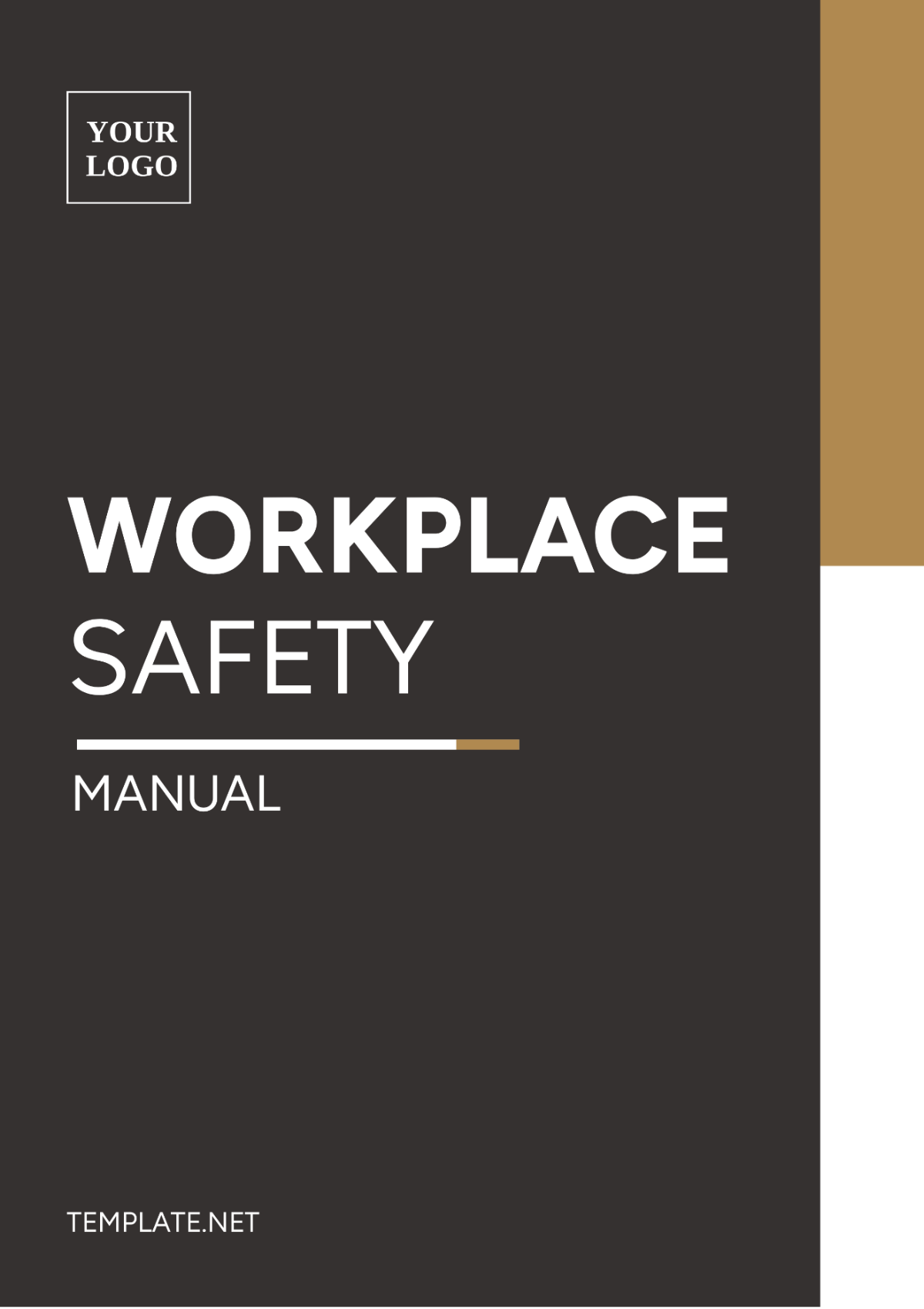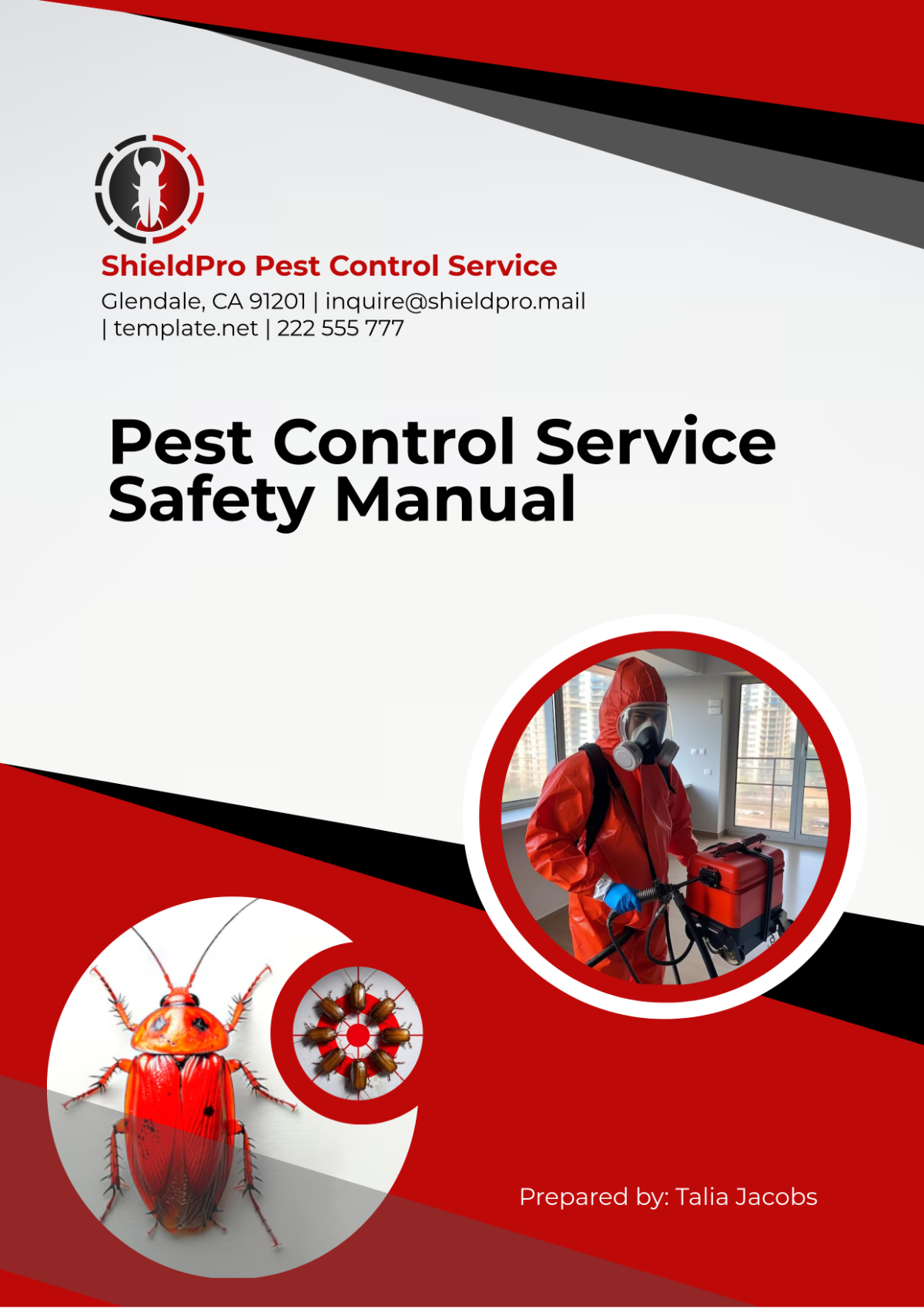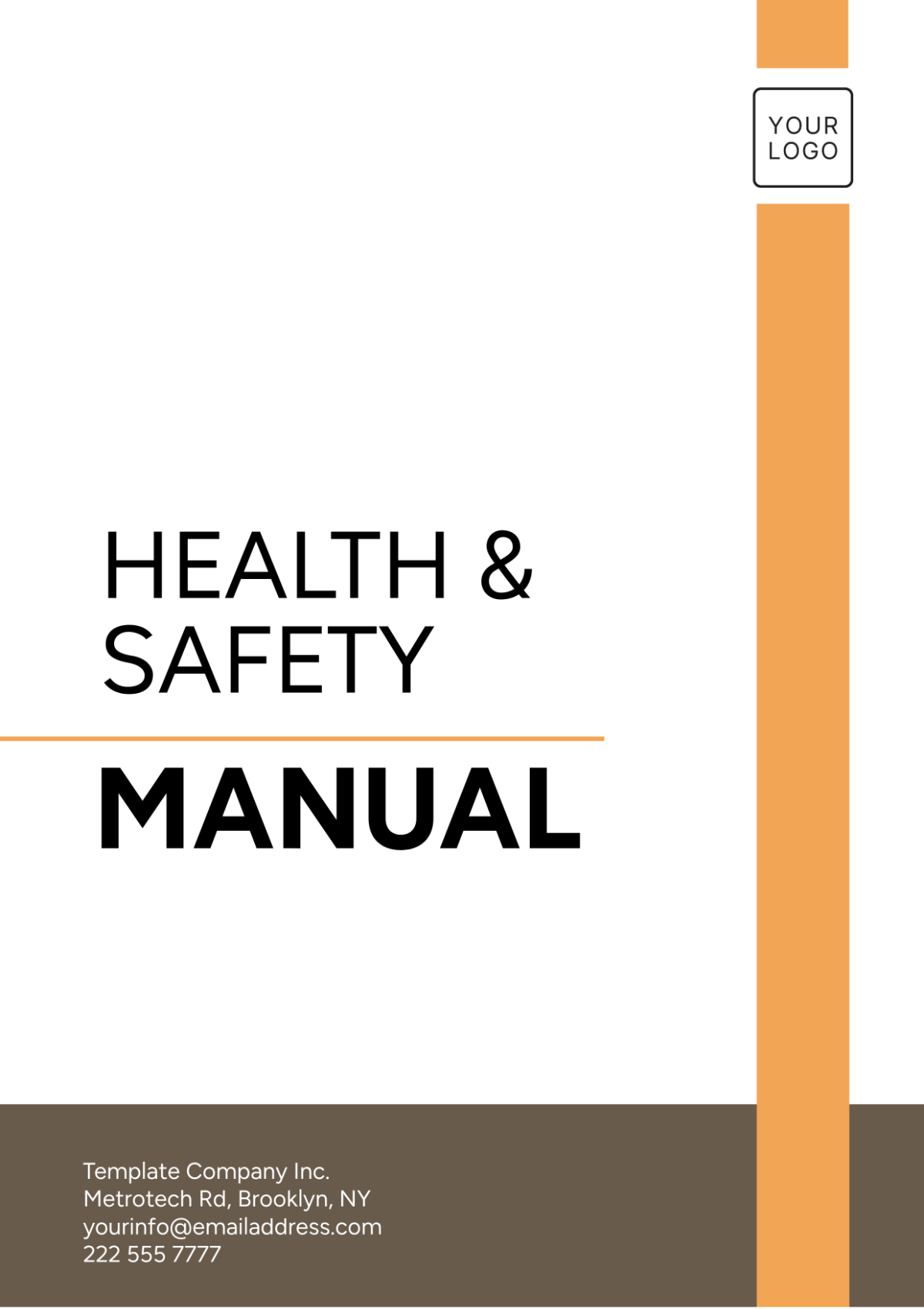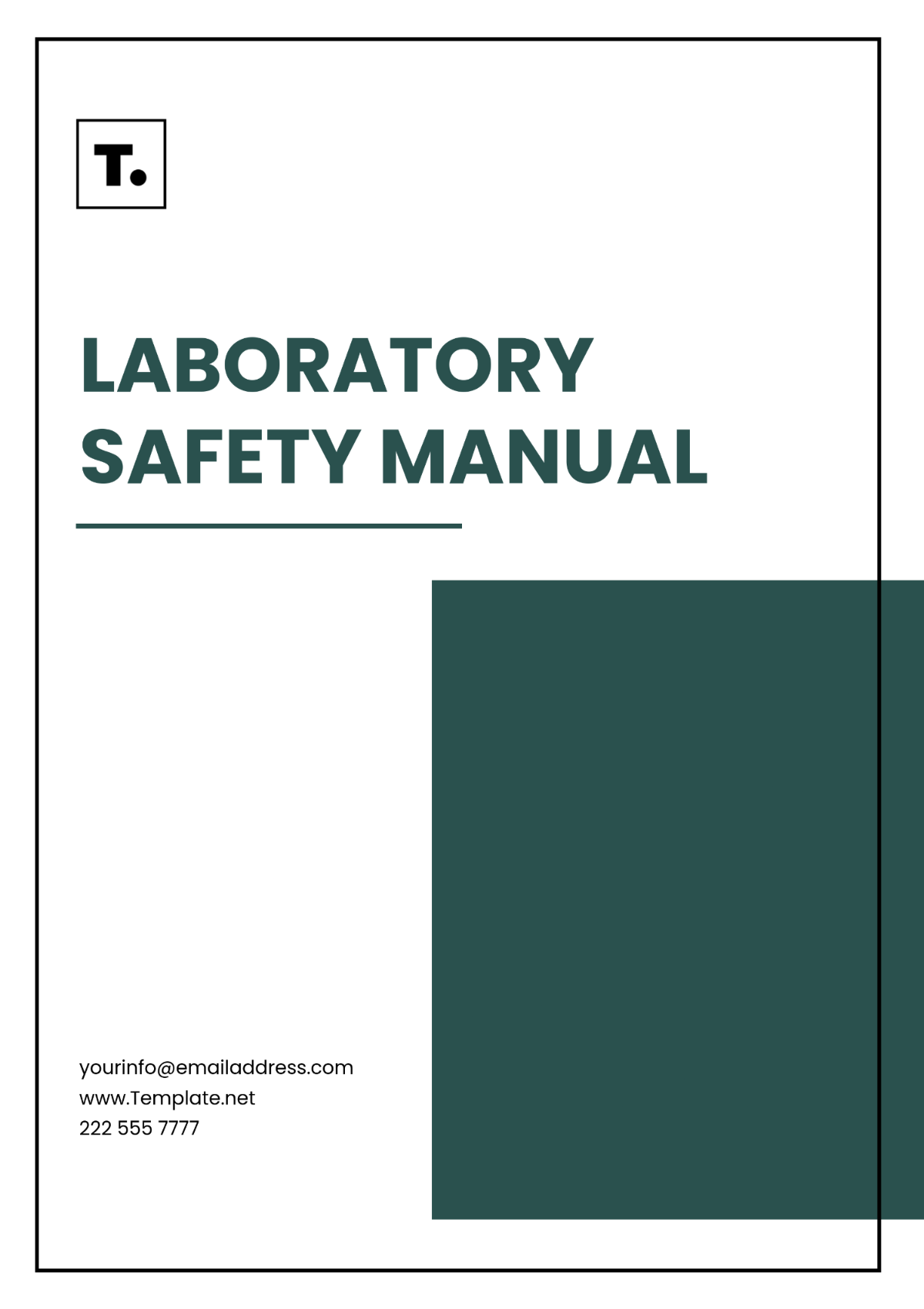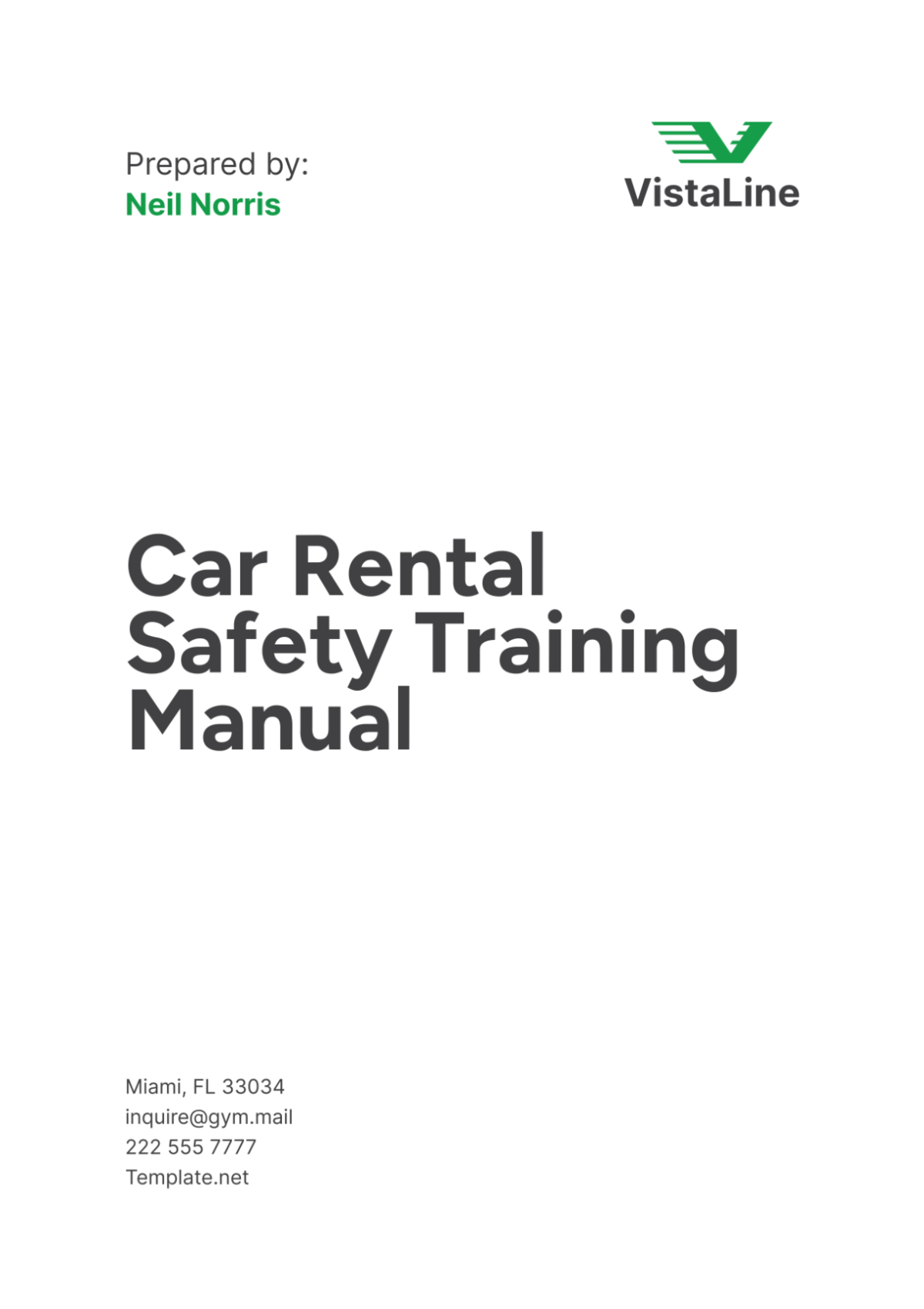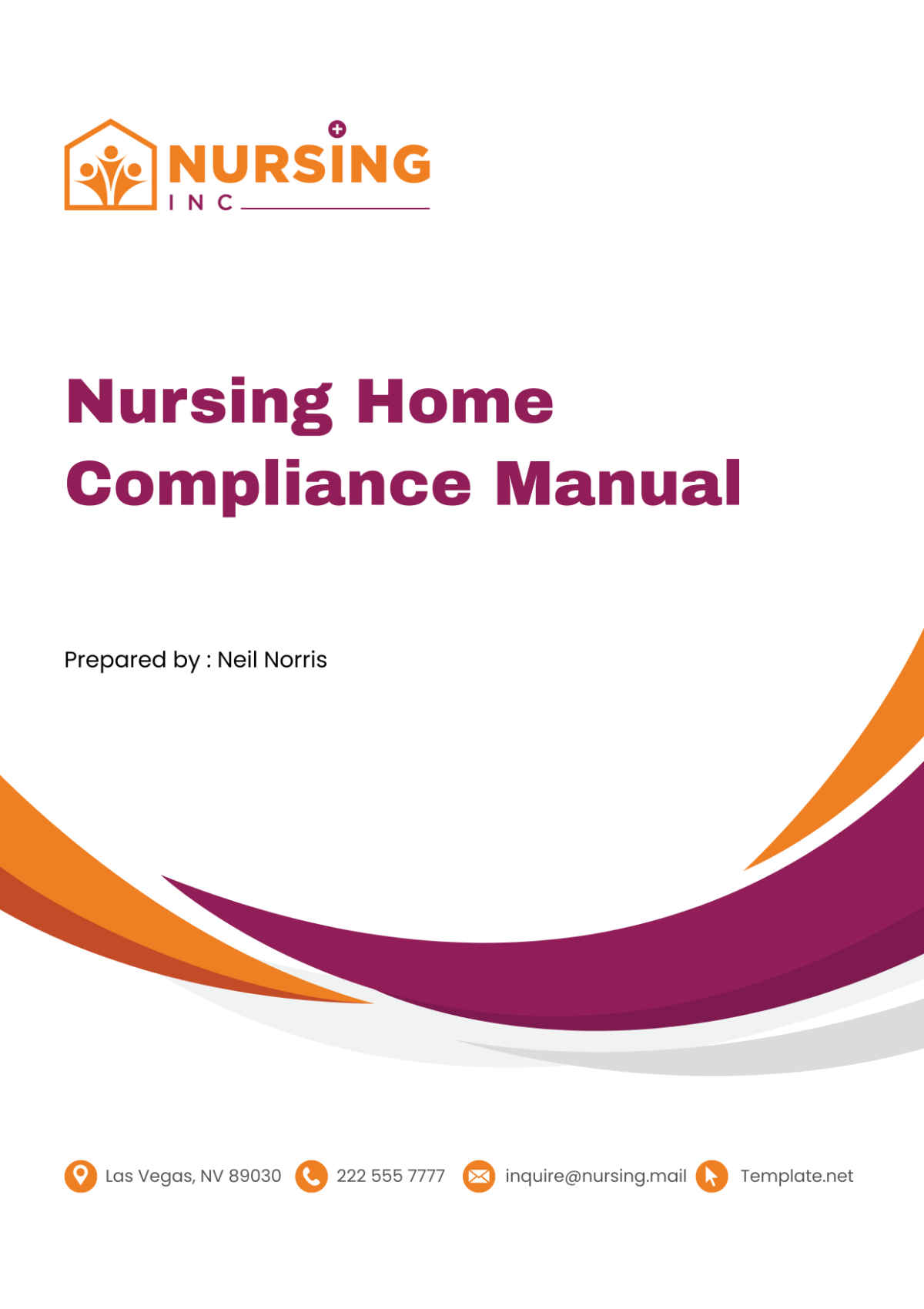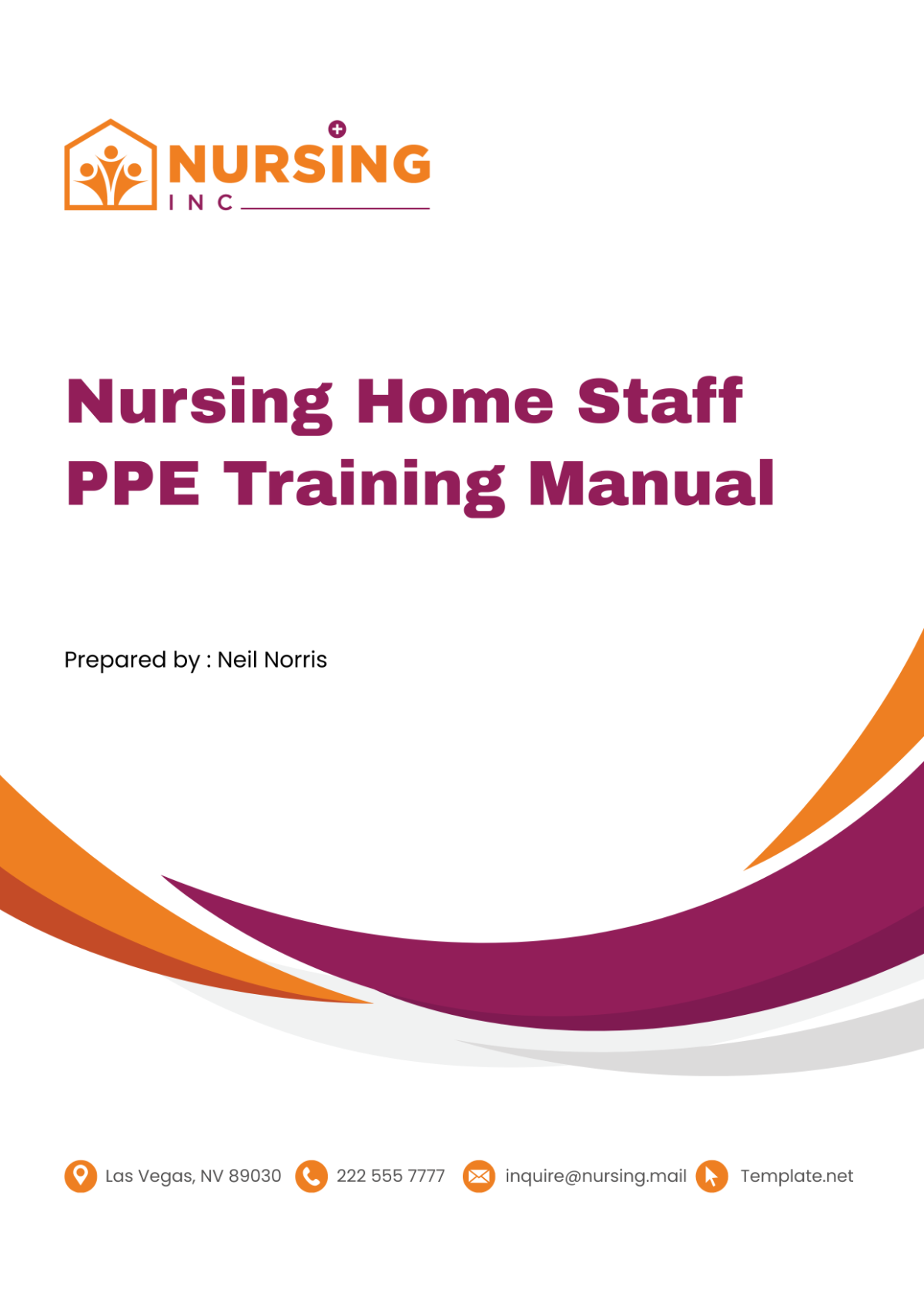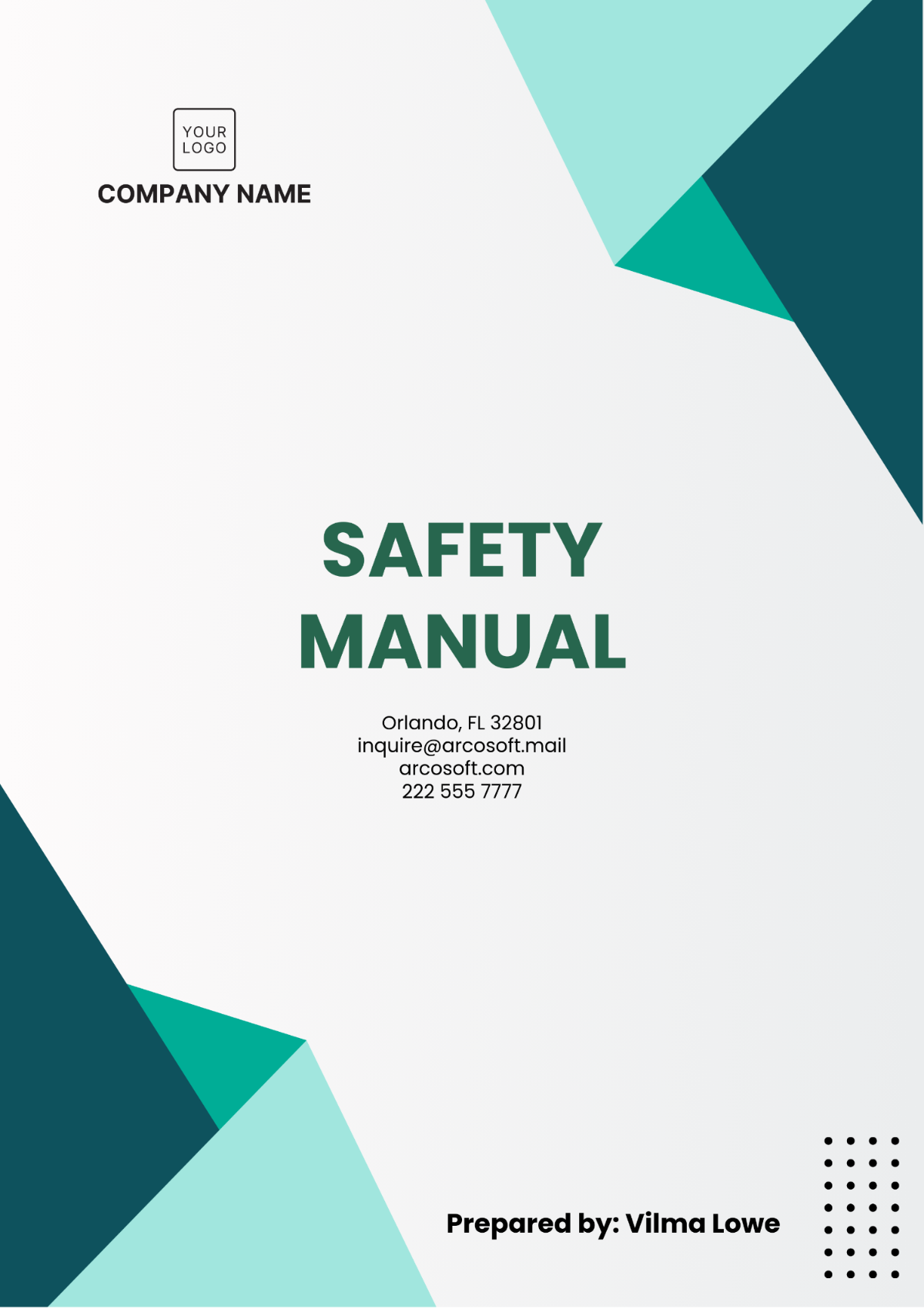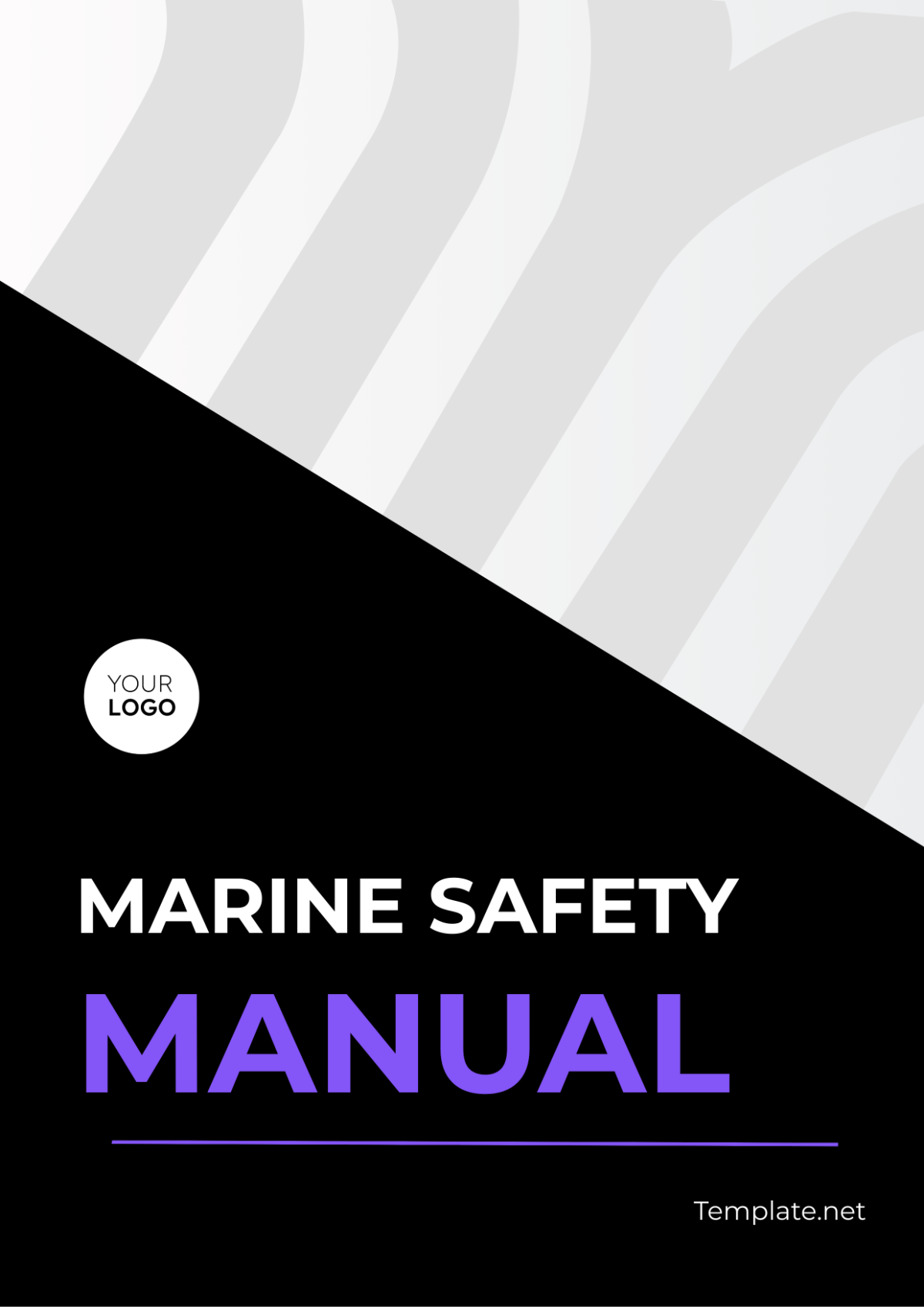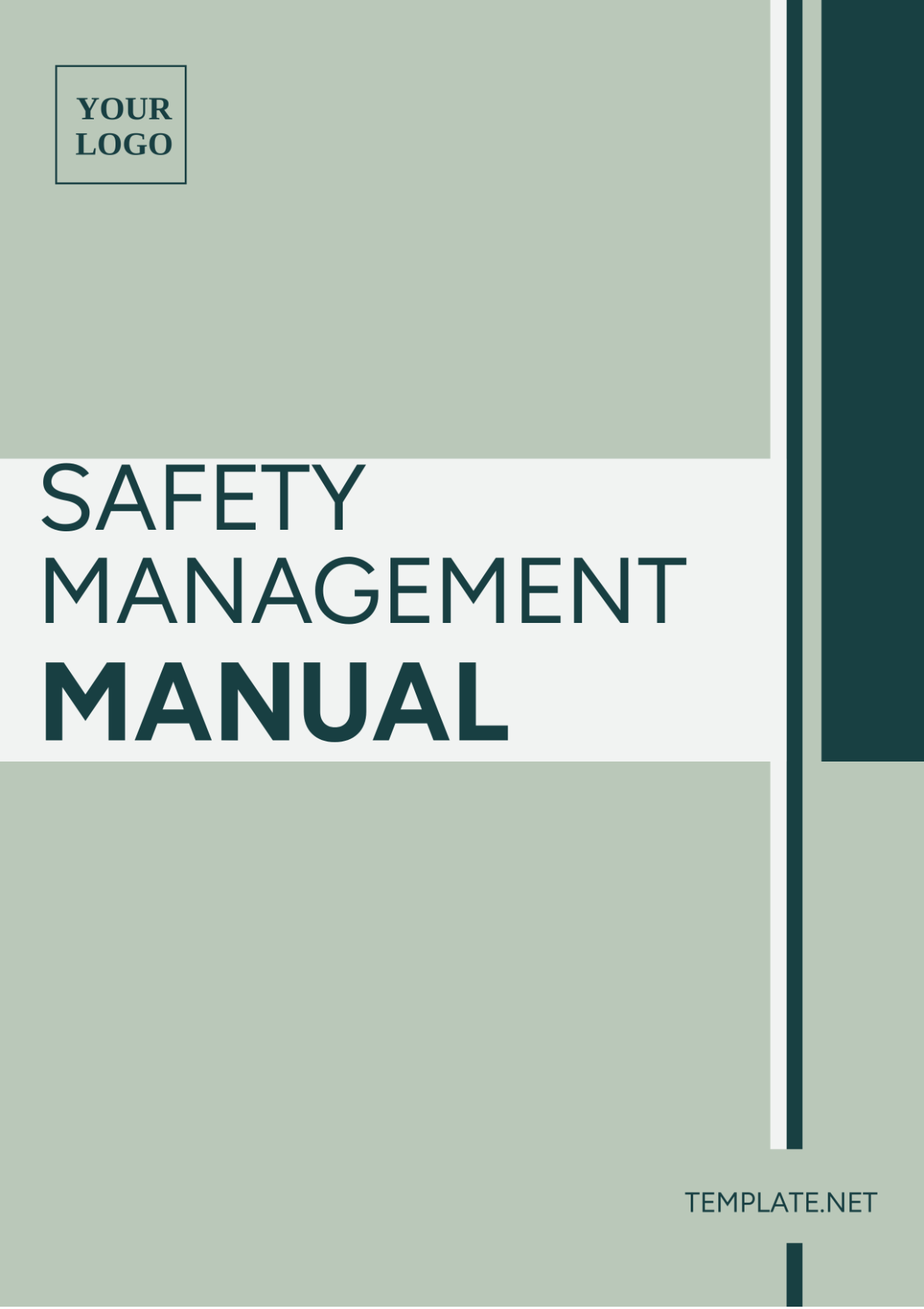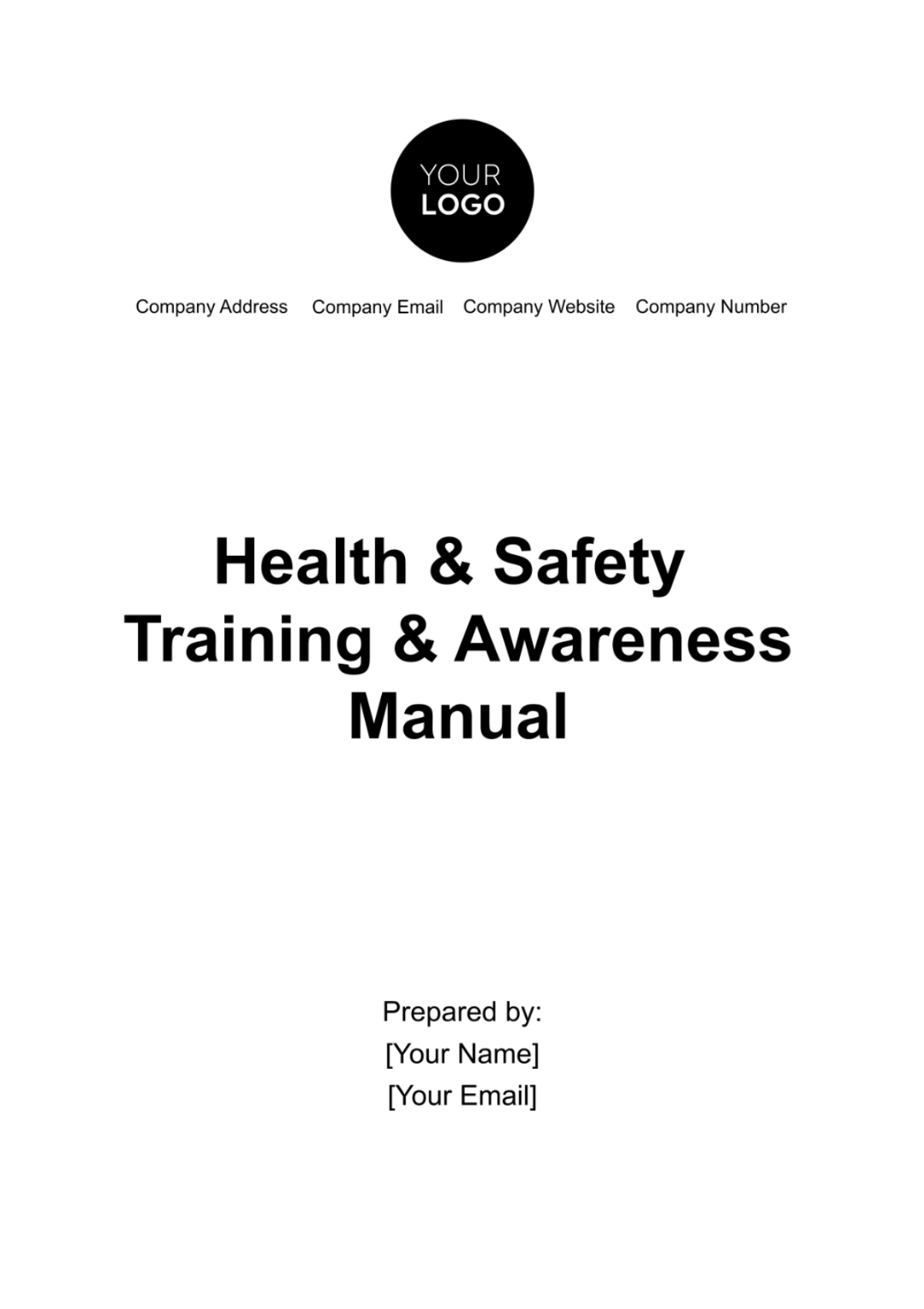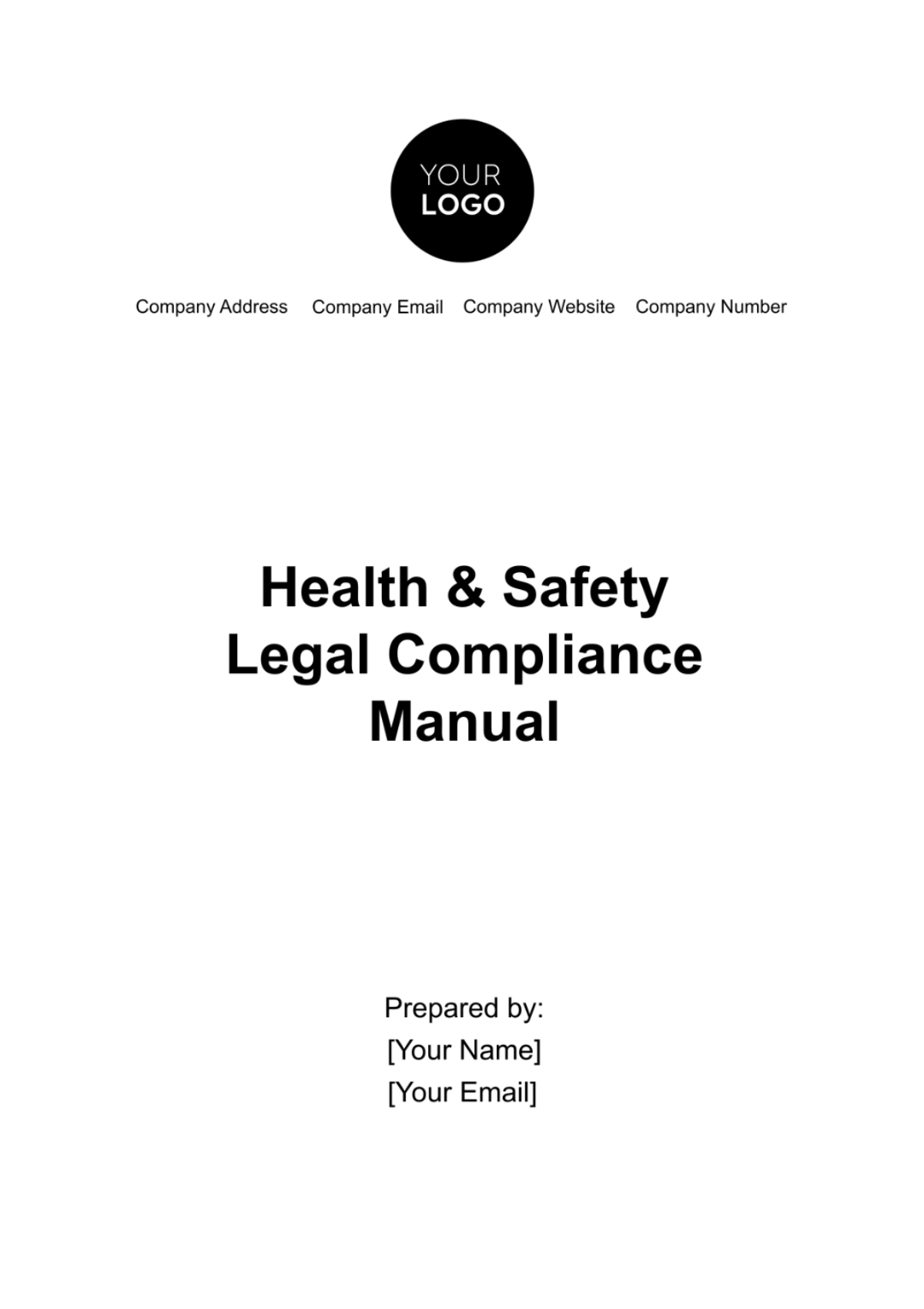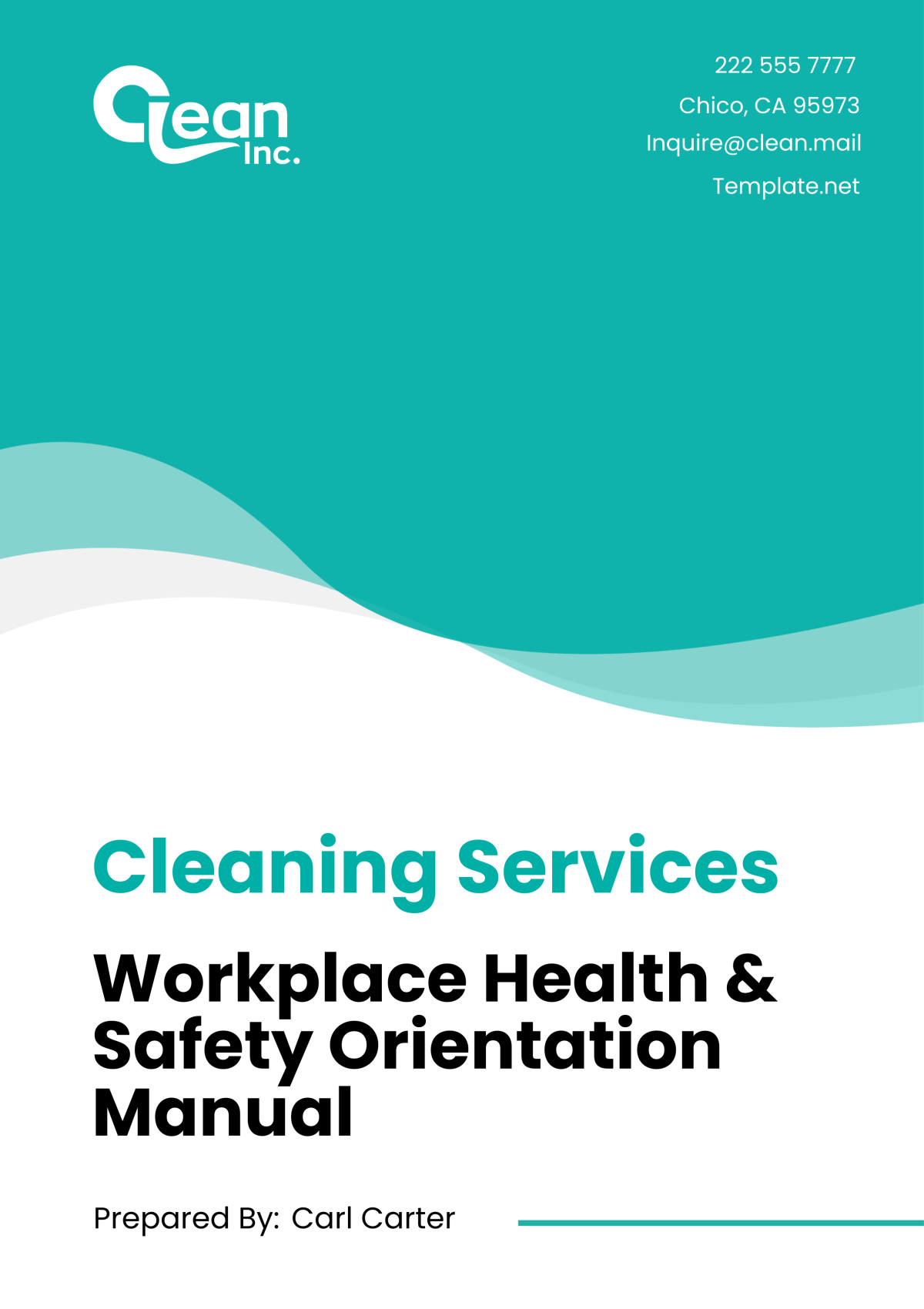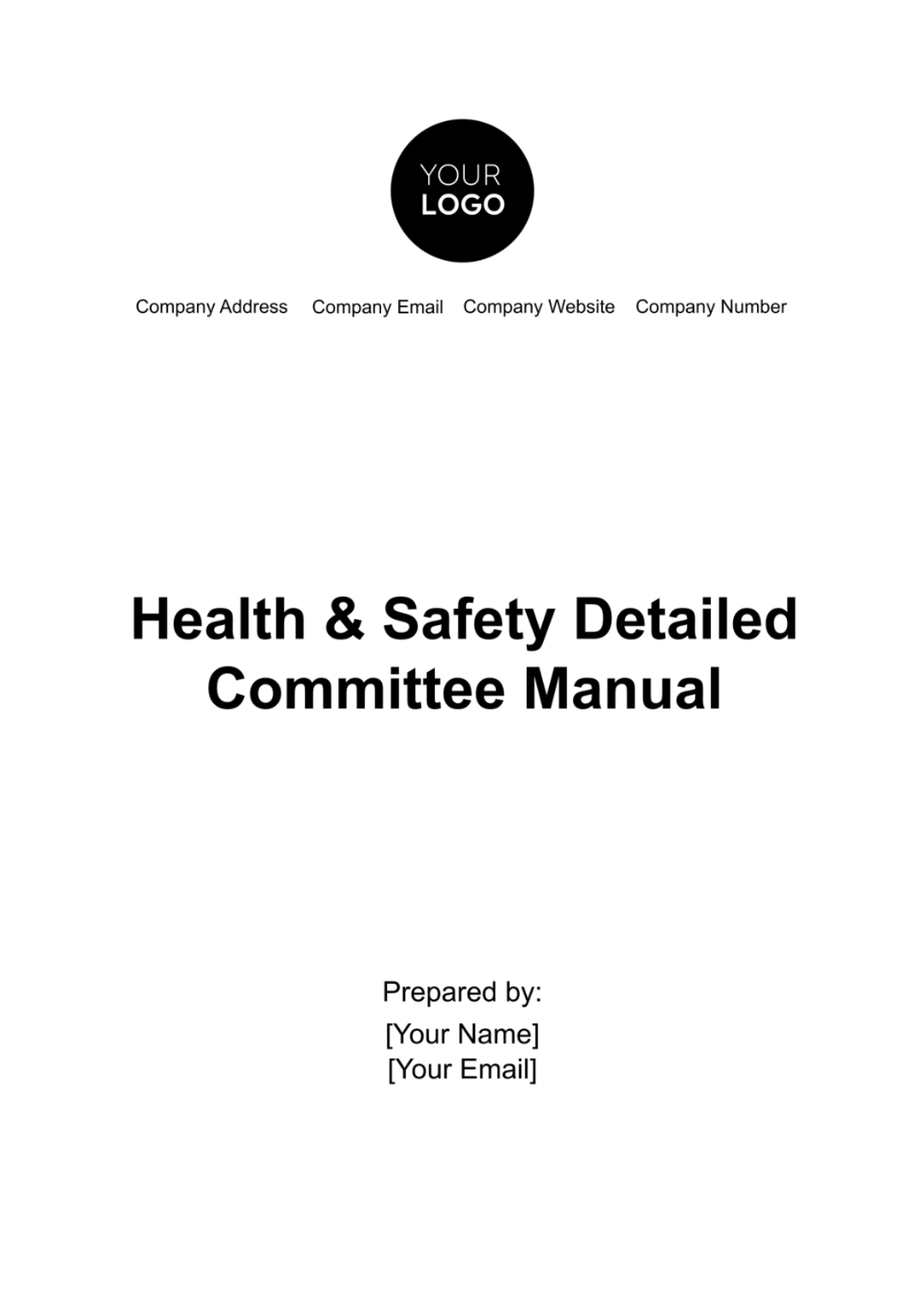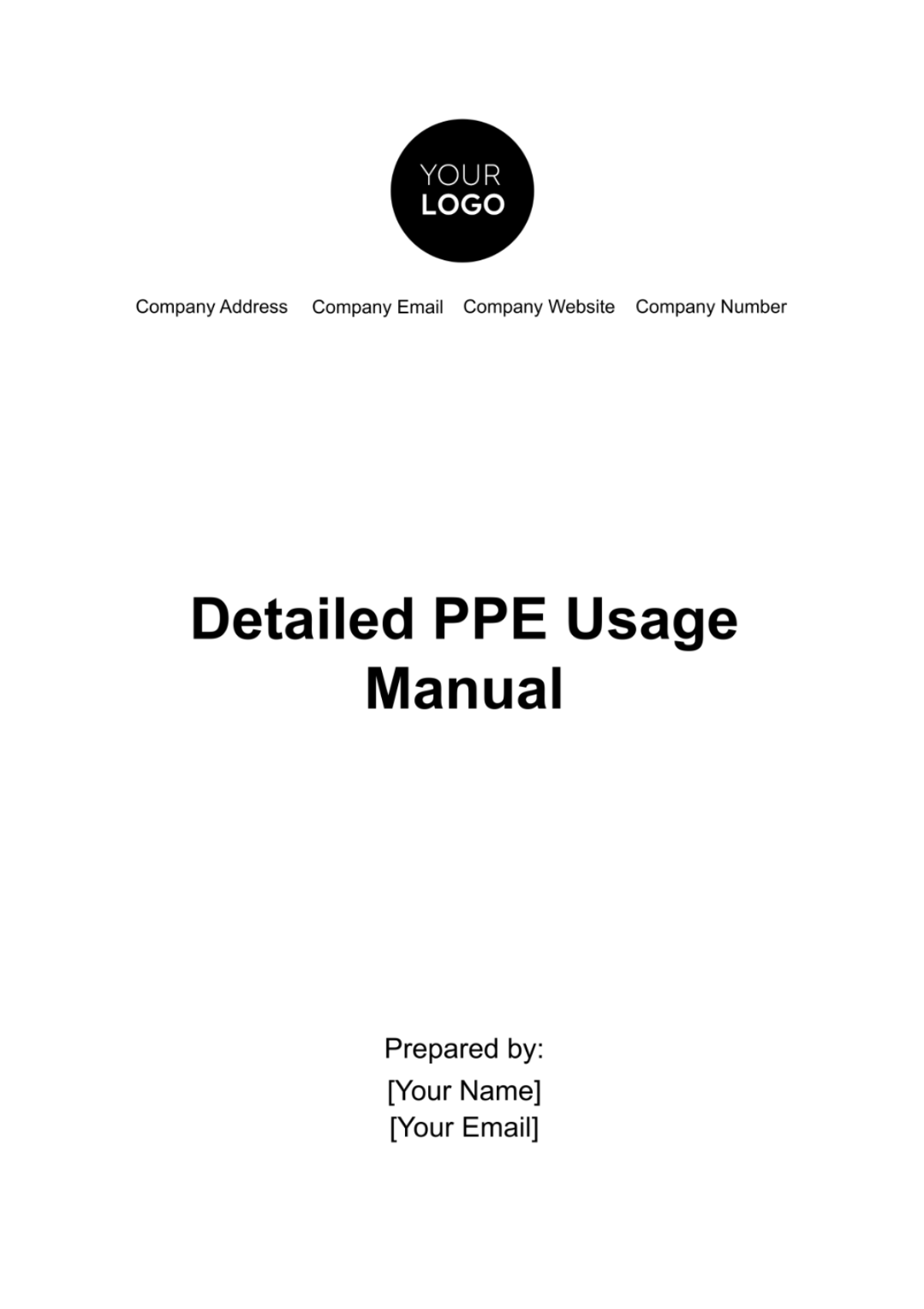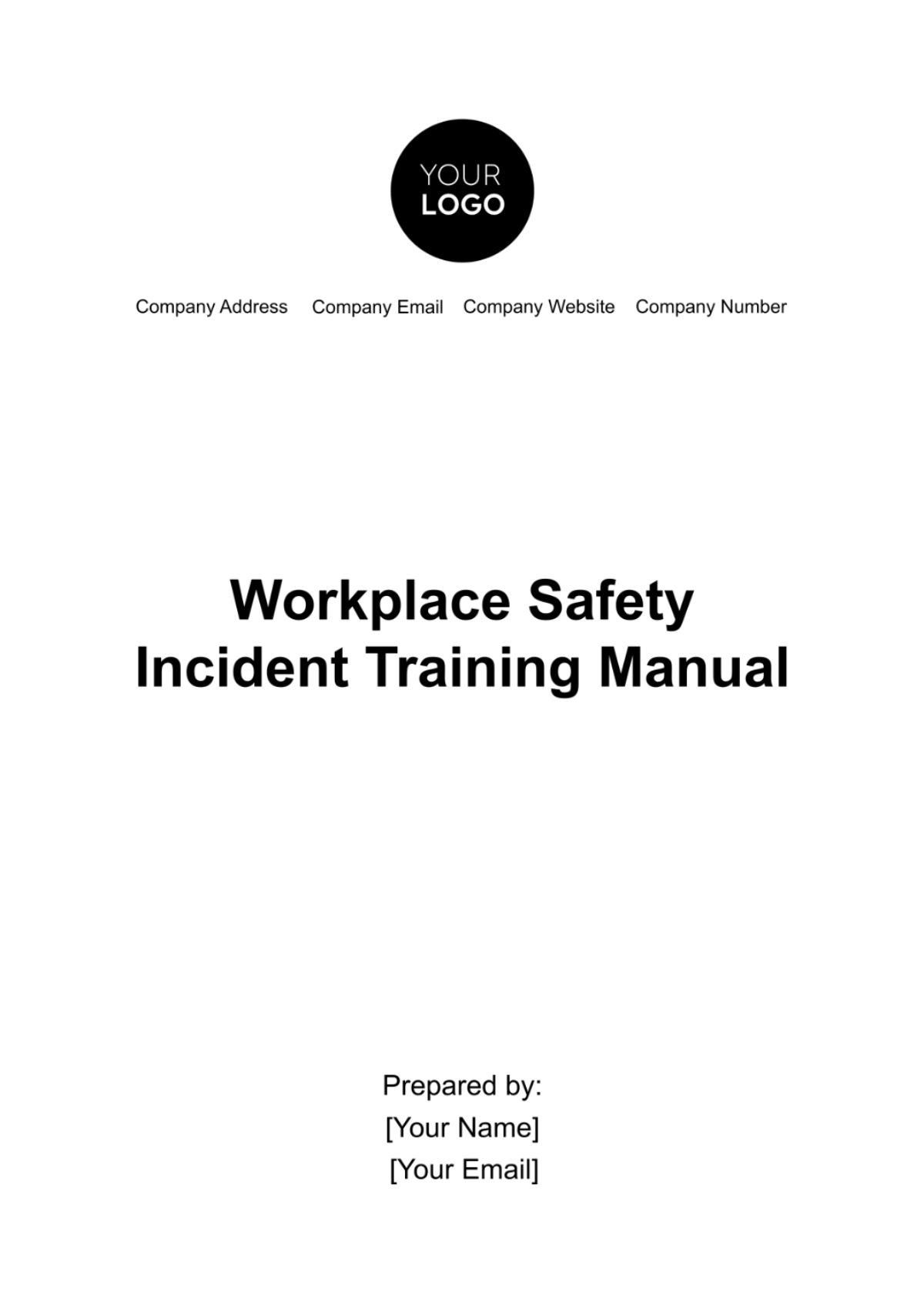Workplace Incident Command System Manual
Introduction
A. Purpose of the Manual
The [Your Company Name] Incident Command System (ICS) Manual serves as a vital reference for ensuring the safety and well-being of our employees and the effective management of workplace incidents. Its primary purpose is to provide clear guidelines and procedures for incident response.
B. Scope
This manual applies to all personnel, including employees, contractors, and stakeholders, who may be involved in incident response within the premises of [Your Company Name]. It encompasses incidents of varying types and scales, from minor incidents to major emergencies.
Incident Command System Basics
A. Definition and Objectives
The Incident Command System (ICS) is an integrated and standardized approach to incident management. Its core objectives are:
Ensure Safety: Prioritize the safety of all personnel and stakeholders involved in incident response.
Efficient Resource Allocation: Allocate resources effectively to minimize incident impacts.
Clear Command Structure: Establish a clear chain of command and delegation of responsibilities.
Effective Communication: Facilitate seamless communication among all involved parties.
B. Key Roles and Responsibilities
In the ICS, specific roles and responsibilities are crucial for effective incident management. These roles include:
Incident Commander (IC): The individual responsible for overall incident management and decision-making.
Safety Officer: Ensures safety measures are in place and followed.
Public Information Officer: Handles communication with the media and the public.
Operations Chief: Manages tactical operations and resources.
Planning Chief: Develops incident action plans and resource management strategies.
Logistics Chief: Handles resource support, procurement, and facilities.
Finance and Administration Chief: Manages financial tracking, documentation, and administration.
C. Incident Command Structure
The ICS follows a hierarchical structure, enabling efficient management:
Unified Command: In complex incidents involving multiple organizations, a Unified Command structure may be established, where all involved parties collaboratively manage the incident.
Activation of the Incident Command System
A. Initial Notification
In the event of an incident, prompt and accurate notification is critical. The following steps outline the initial notification process:
Notification Source: Any employee or stakeholder who becomes aware of an incident should immediately notify the [Your Company Name] Incident Commander.
Notification Channels: Use the designated communication channels, including emergency numbers, to report the incident.
Information Required: Provide essential details such as the incident location, type, and initial assessment of its size and impact.
B. Incident Command Post Setup
Upon notification, establishing an Incident Command Post (ICP) is crucial to effective incident management:
Location: Designate a centralized ICP location, which should be accessible and safe.
Personnel: Appoint key personnel, including the Incident Commander and support staff, to the ICP.
Equipment and Resources: Ensure the availability of necessary communication equipment, maps, and incident management tools at the ICP.
Initial Briefing: The Incident Commander (IC) is responsible for conducting an initial briefing to assess the situation comprehensively.
C. Personnel Notification
Once the ICP is established, personnel notification is essential:
Notification Matrix: Maintain a notification matrix containing contact information for all key personnel and responders.
Alerting: Use various communication means, such as phone calls, text messages, or emails, to notify relevant personnel.
Roles and Responsibilities: Clearly communicate the roles and responsibilities of personnel who are required to respond to the incident.
Incident Command Center
A. Location and Setup
The Incident Command Center (ICC) is the central hub for incident management:
Location: Identify a suitable location for the ICC, which should be accessible, secure, and equipped with necessary facilities.
Communication Infrastructure: Ensure reliable communication infrastructure, including phones, radios, and internet connectivity.
ICC Layout: Design the ICC layout to facilitate efficient information flow and decision-making.
B. Command Staff Roles
The ICC consists of key command staff members:
Incident Commander (IC): Responsible for overall incident management and decision-making.
Deputy Incident Commander: Assists the IC and assumes control if the IC is unavailable.
Public Information Officer (PIO): Handles external communication and media relations.
Safety Officer: Ensures safety measures are in place and followed.
Liaison Officer: Coordinates with external agencies and stakeholders.
C. Unified Command
In some incidents involving multiple organizations or agencies, a Unified Command structure may be established:
Unified Command Benefits: This approach allows for coordinated decision-making among all involved parties.
Unified Command Structure: Clearly define the roles and responsibilities of each organization's representatives in the Unified Command structure.
Incident Management Process
A. Incident Briefing
Effective incident management begins with a comprehensive briefing:
Incident Briefing Officer: Designate an Incident Briefing Officer to gather and disseminate information.
Information Sources: Gather information from various sources, including initial reports, observations, and situational assessments.
Briefing Content: Cover incident status, objectives, current resources, safety concerns, and communication protocols.
B. Establishing Objectives and Priorities
Clear objectives and priorities guide incident response:
Objective Setting: Define specific, measurable objectives that align with incident goals.
Priority Identification: Identify critical tasks and allocate resources accordingly.
Continuous Assessment: Continuously reassess objectives and priorities as the incident evolves.
C. Incident Action Plan (IAP)
The Incident Action Plan (IAP) is a vital component of incident management:
IAP Development: The Planning Section develops the IAP, including strategies, tactics, and resource allocations.
IAP Distribution: Ensure all personnel receive a copy of the IAP.
Implementation: Execute the IAP and make necessary adjustments based on changing circumstances.
D. Resource Management
Efficient resource management is essential for incident response:
Resource Types: Categorize resources, including personnel, equipment, and supplies.
Resource Tracking: Use the Resource Tracking system to monitor resource status, location, and availability.
Resource Requests: Follow established procedures for requesting additional resources when needed.
E. Communication and Information Flow
Effective communication is critical for incident coordination:
Communication Plan: Develop and implement a communication plan that includes primary and backup communication channels.
Information Flow: Establish protocols for sharing information within the ICS structure and with external agencies.
Situation Reports (SITREPs): Regularly generate SITREPs to update stakeholders on incident status.
Operations Section
A. Structure and Function
The Operations Section plays a pivotal role in incident response:
Organization: Organize response efforts into functional units under the Operations Section.
Operations Chief: Appoint an Operations Chief responsible for directing tactical operations.
Task Forces and Strike Teams: Form task forces or strike teams as needed to address specific incident tasks.
B. Task Assignments
Efficient task assignments are essential for operational success:
Task Identification: Identify specific tasks required to achieve incident objectives.
Resource Allocation: Assign resources to tasks based on skill sets and availability.
Task Tracking: Monitor task progress and adjust assignments as necessary.
C. Resource Allocation
Proper resource allocation ensures the availability of necessary assets:
Resource Availability: Assess resource availability within the organization and request external resources if needed.
Resource Deployment: Deploy resources to strategic locations to support incident objectives.
Resource Redistribution: Periodically reassess resource needs and redistribute as required.
D. Incident Resources Database
Maintain an accurate database of incident resources:
Resource Database: Create and update a database containing information on available personnel, equipment, and supplies.
Resource Tracking: Monitor resource utilization and availability to prevent shortages.
Incident Tactics and Strategies
Develop and implement effective incident tactics and strategies:
Tactics Development: Collaborate with the Planning Section to align tactics with incident objectives.
Safety Considerations: Ensure tactics prioritize the safety of responders and personnel.
Tactics Adjustments: Be prepared to adjust tactics based on changing incident conditions.
Planning and Logistics
A. Planning Section
Role and Responsibilities:
The Planning Section plays a crucial role in incident management:
Incident Action Plan (IAP): Develop and maintain the IAP, outlining specific strategies and tactics to achieve incident objectives.
Resource Tracking: Monitor the status and location of all incident resources, ensuring efficient allocation.
Demobilization Planning: Plan for the orderly and safe demobilization of resources as the incident concludes.
B. Logistics Section
Support Functions:
The Logistics Section provides essential support to the incident response effort:
Supply and Equipment Management: Procure, store, and distribute necessary supplies, equipment, and materials.
Facilities Management: Ensure facilities at the Incident Command Center and other operational sites are suitable and functional.
Procurement and Vendor Relations: Establish procedures for procurement, including contracts and vendor relationships.
Finance and Administration Section
A. Financial Tracking and Reporting
Financial Accountability:
Effective financial tracking is essential for incident management:
Budgeting: Allocate financial resources according to incident needs and priorities.
Expense Tracking: Monitor expenses related to incident response, ensuring financial accountability.
Financial Reporting: Generate financial reports to document all expenses incurred during the incident.
B. Documentation and Record Keeping
Documentation Requirements:
Accurate documentation is crucial for accountability and post-incident analysis:
Record Keeping: Maintain detailed records of all incident-related activities, including resource orders and personnel hours.
Personnel Timekeeping: Implement a system for tracking the time worked by all personnel involved in the incident.
Incident Documentation Forms: Utilize standardized incident documentation forms for consistency.
Training and Drills
A. Staff Training Requirements
Training Needs Assessment:
To ensure personnel are adequately prepared for incident response:
Identify Training Needs: Conduct a thorough assessment to determine the training requirements for all personnel.
Training Plan: Develop a comprehensive training plan outlining required courses and schedules.
Training Records: Maintain records of completed training for each employee.
B. Drills and Exercises
Regular Drills:
Conducting drills and exercises is crucial for testing and improving incident response capabilities:
Types of Drills: Plan and execute various types of drills, including tabletop exercises, functional exercises, and full-scale drills.
Evaluation and Improvement: Evaluate drill performance and use findings to enhance the ICS and response procedures.
Frequency: Establish a regular schedule for drills to maintain readiness.
Communication Protocols
A. Internal Communication
Effective Internal Communication:
Establish clear communication protocols within the ICS structure:
Chain of Command: Define the hierarchy of communication and reporting, ensuring information flows efficiently.
Communication Tools: Specify the tools and channels to be used for internal communication, such as radios, phones, or incident management software.
Information Flow: Ensure that critical information is shared promptly among ICS positions and operational units.
B. External Communication
External Stakeholder Engagement:
Maintaining effective external communication is essential for incident management:
Media Relations: Designate a Public Information Officer (PIO) to handle media inquiries and provide accurate information.
Community and Stakeholder Engagement: Establish procedures for communicating with external organizations, agencies, and the public.
Unified Messaging: Ensure that messages to external stakeholders are consistent and coordinated.
Safety and Health
A. Safety Guidelines
Prioritizing Safety:
The safety and well-being of all personnel involved in incident response are paramount within the Incident Command System (ICS). To ensure a safe working environment, adhere to the following safety guidelines:
Hazard Identification: Continuously assess and identify hazards associated with the incident and response activities.
Personal Protective Equipment (PPE): Ensure that all personnel are equipped with appropriate PPE for their assigned tasks.
Safe Work Practices: Promote and enforce safe work practices and procedures at all times.
Incident Scene Control: Establish and maintain secure perimeters and restricted zones as necessary to control access to hazardous areas.
Health Services
A. Providing Health Support:
In the event of an incident, it's essential to provide necessary health services to those in need:
Medical Assistance: Ensure that trained medical personnel are available to provide immediate first aid and medical care to injured individuals.
Emergency Medical Services: Establish protocols for contacting and coordinating with external emergency medical services when required.
Mental Health Support: Address the psychological well-being of responders through critical incident stress management (CISM) programs and resources.
C. Critical Incident Stress Management
Caring for Mental Health:
Incidents can take a toll on the mental health of responders. Implement critical incident stress management measures:
Stress Awareness: Promote awareness of the potential emotional and psychological impact of incidents on responders.
Peer Support: Establish peer support programs to provide emotional support and resources for coping with stress.
Access to Counseling: Make professional counseling services available for personnel who may require them.
